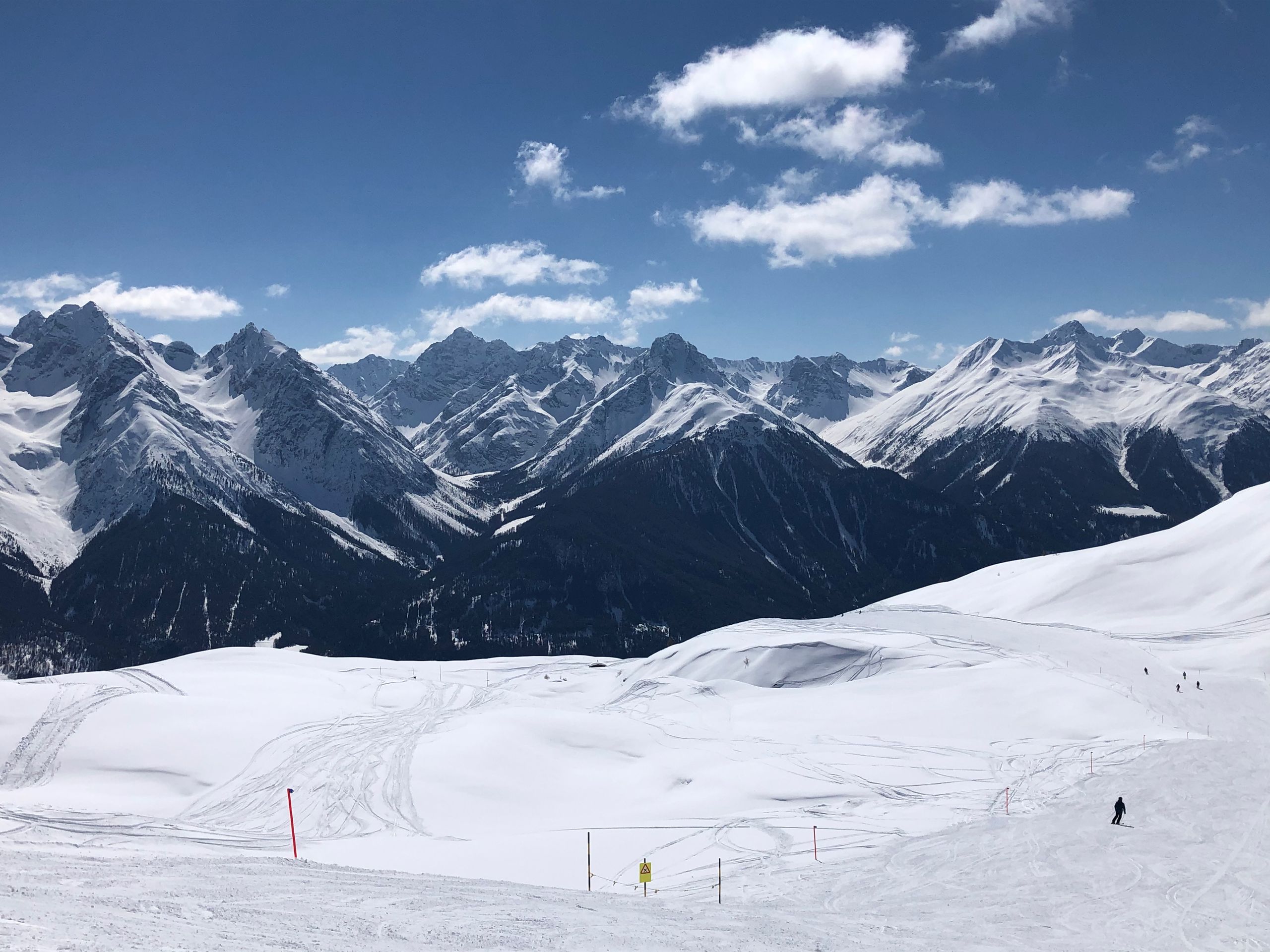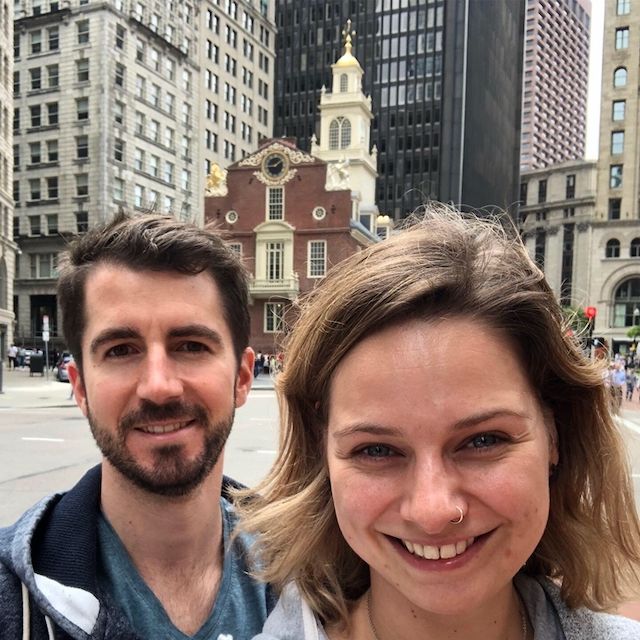From continental plates, geysers to a crater lake and various waterfalls and icebergs
Жарияланды: 04.03.2023
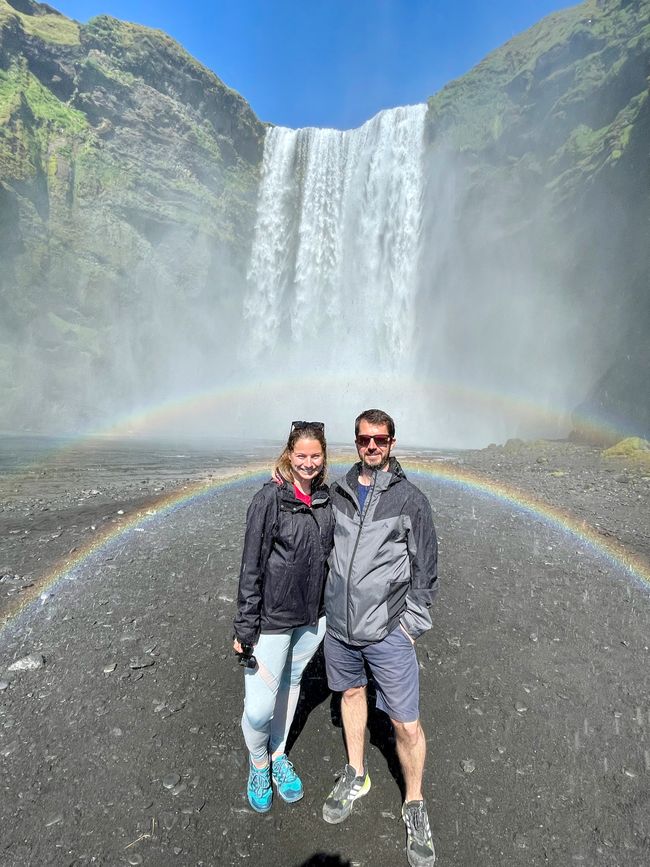
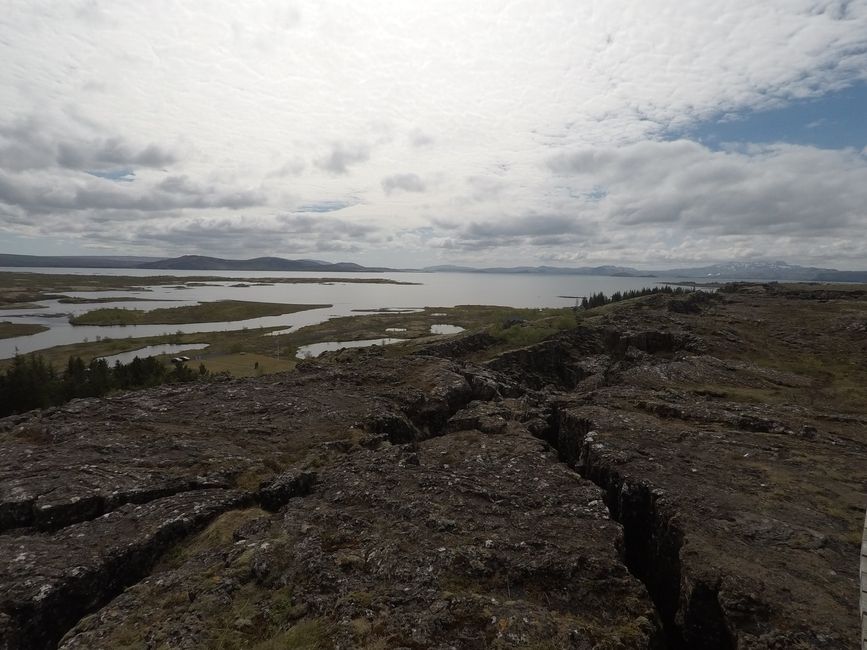
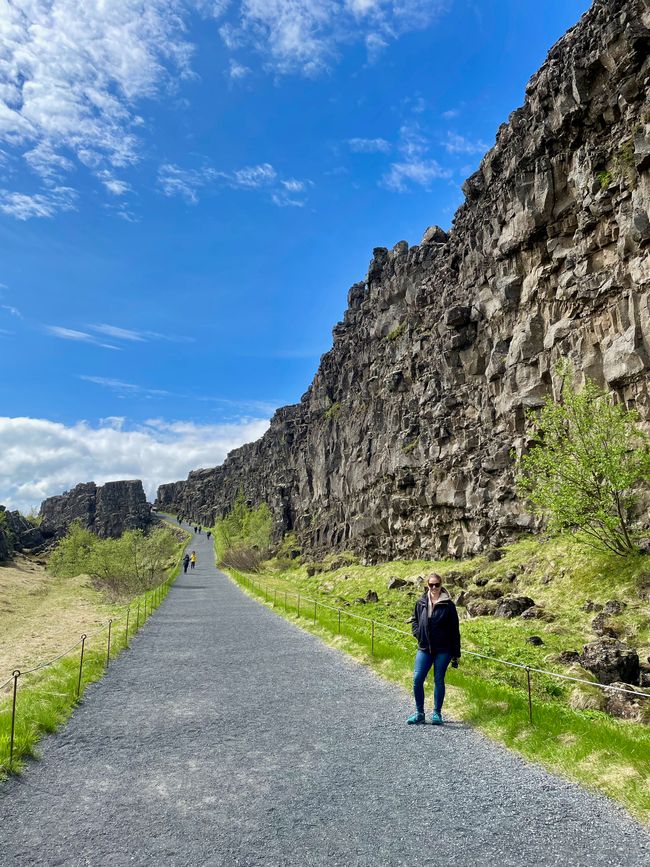
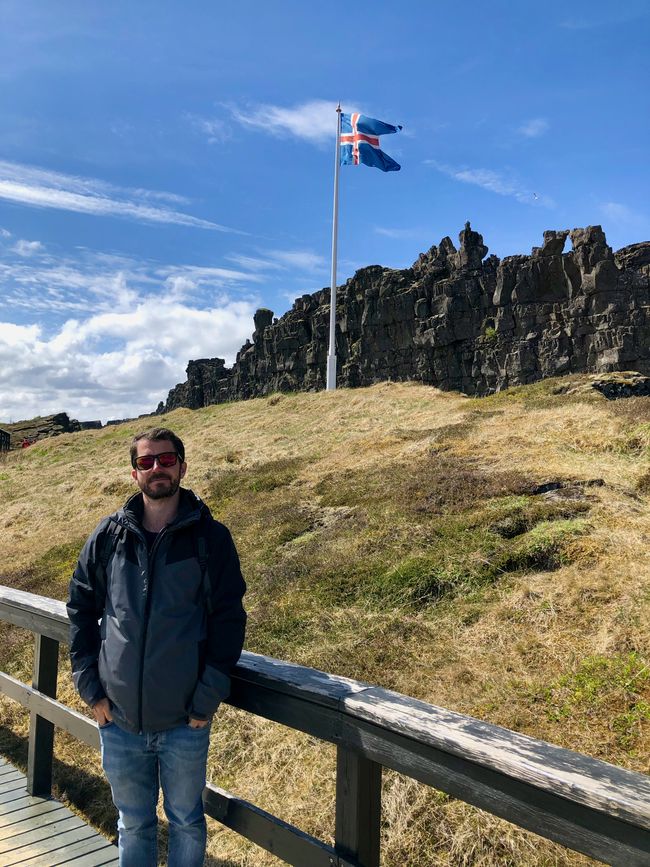
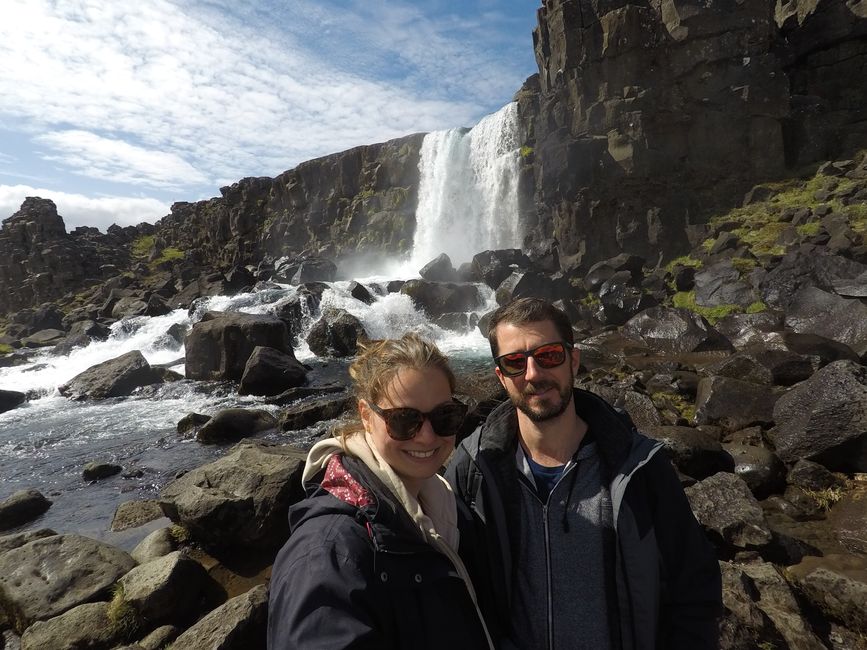
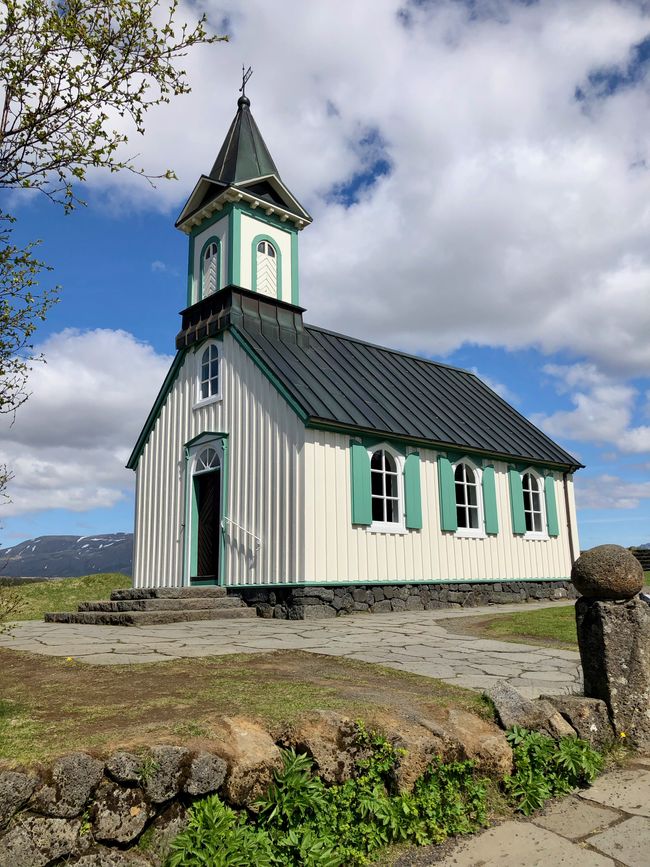
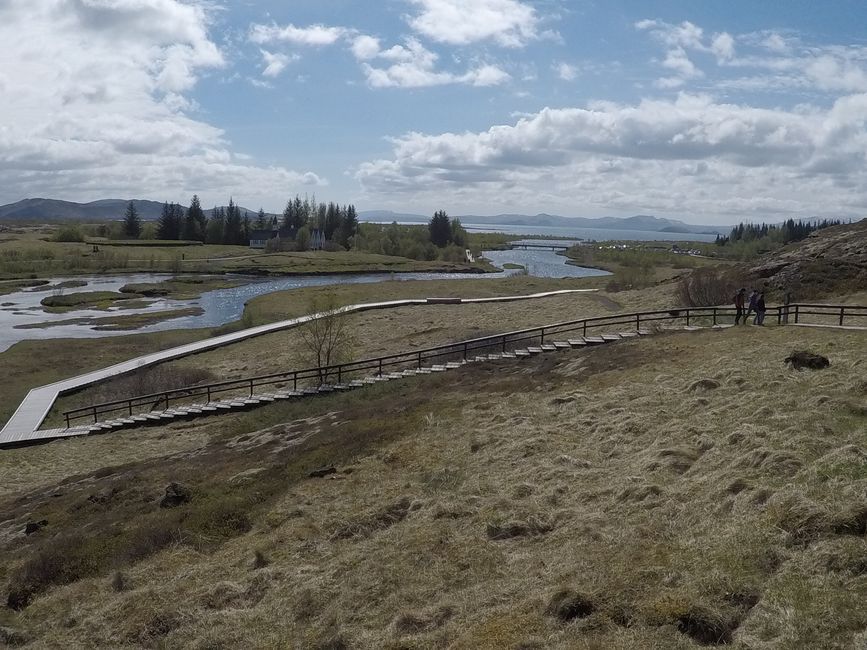
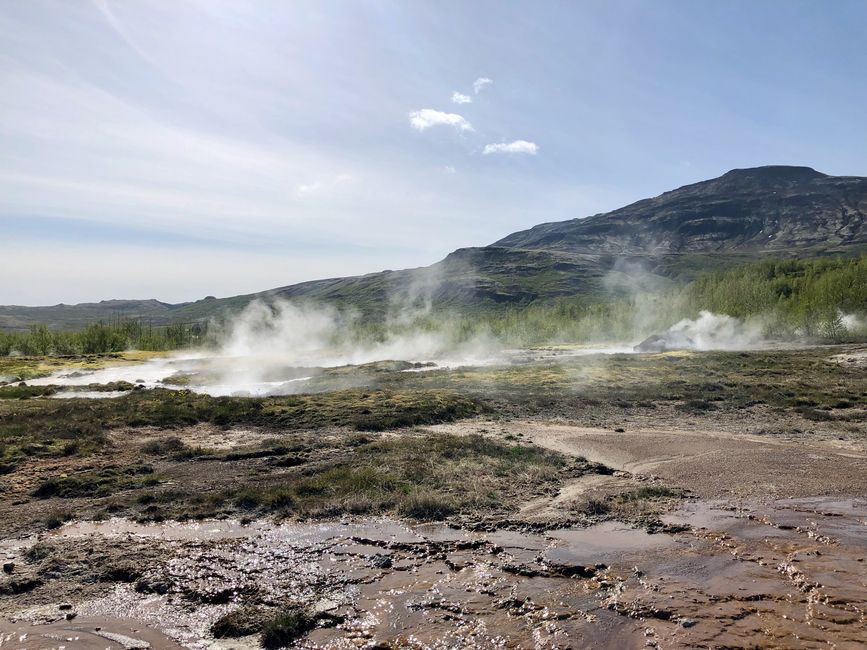
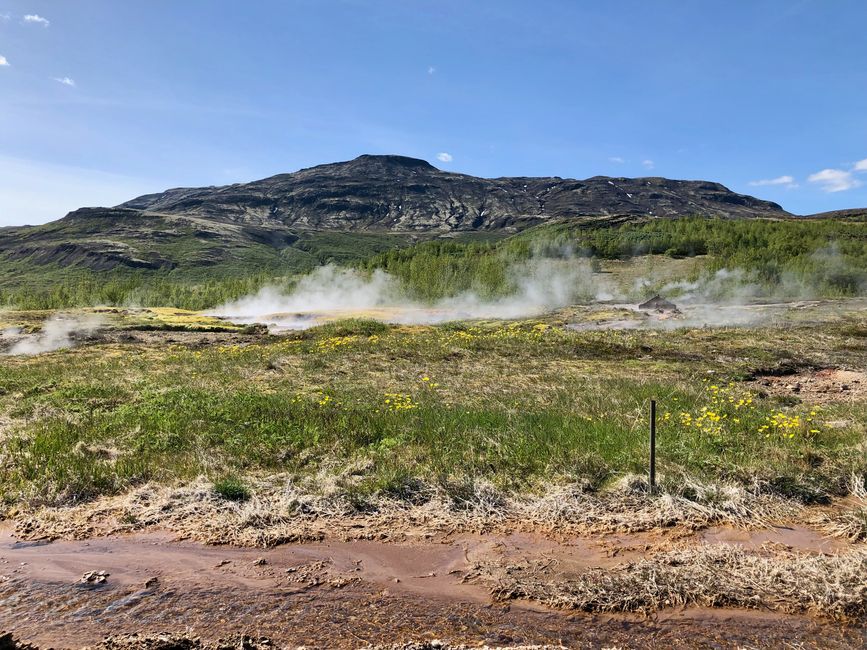
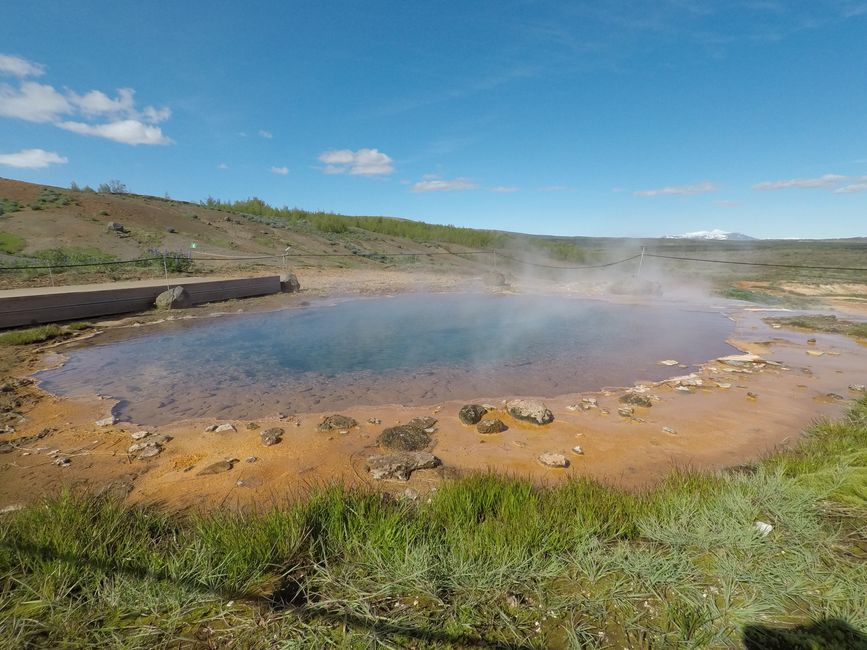
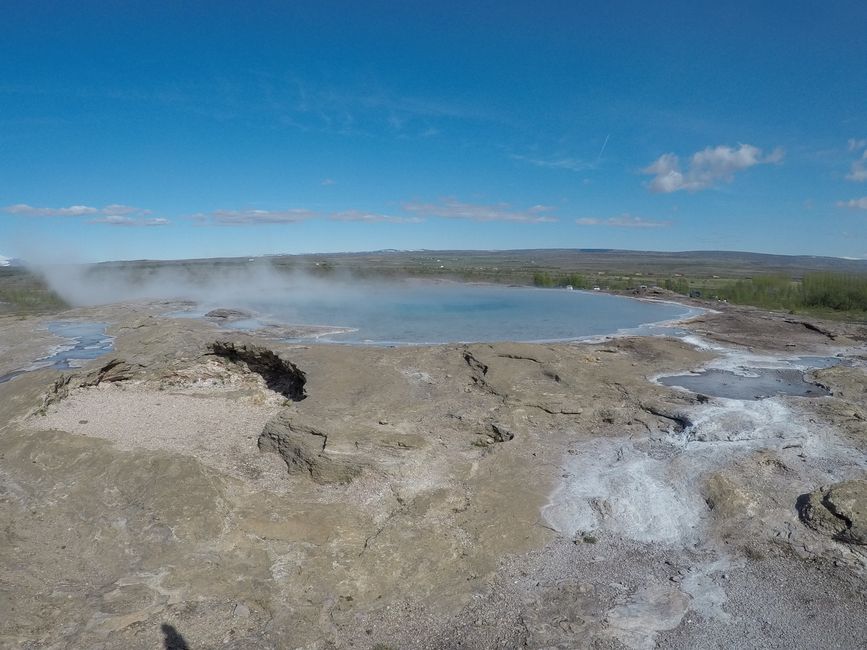
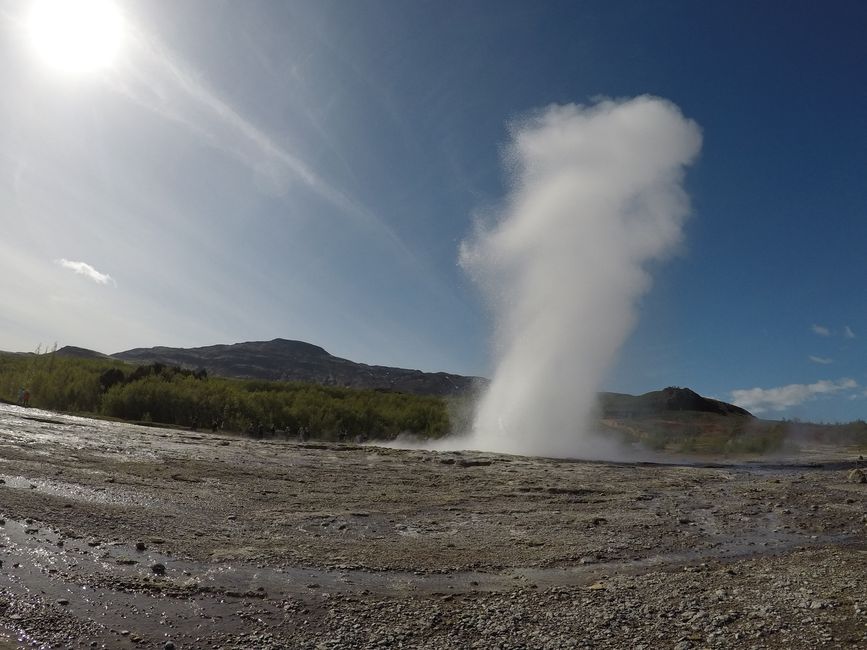
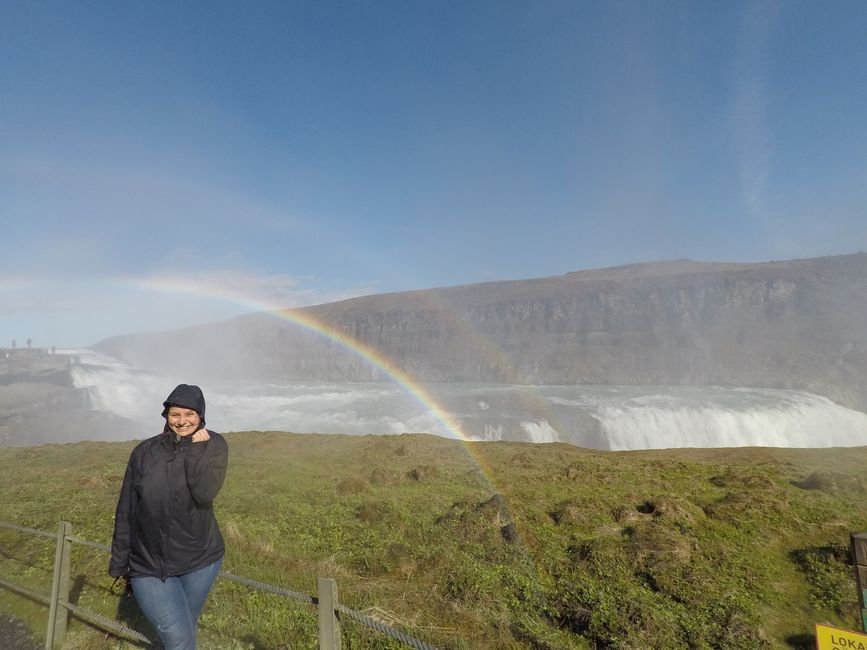
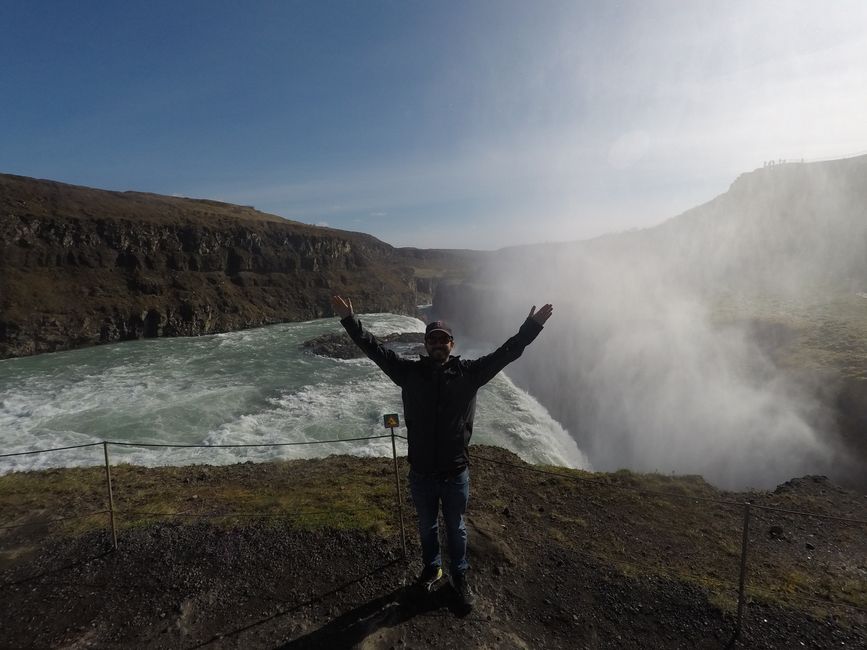
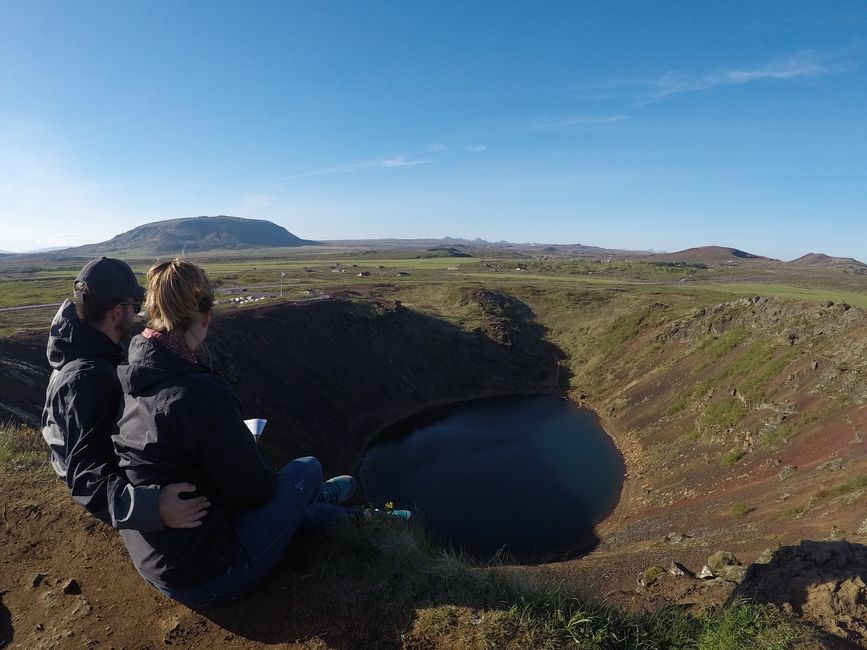
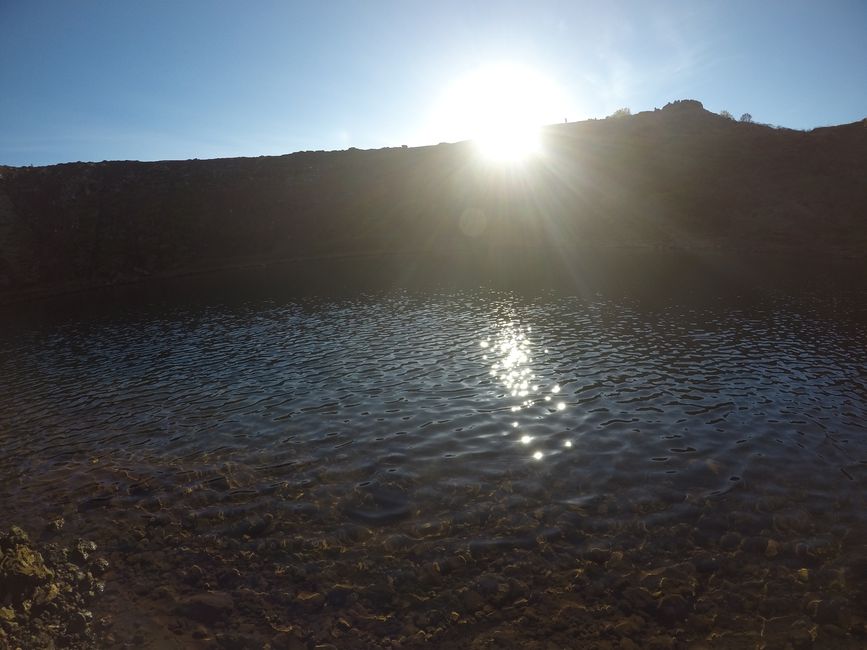
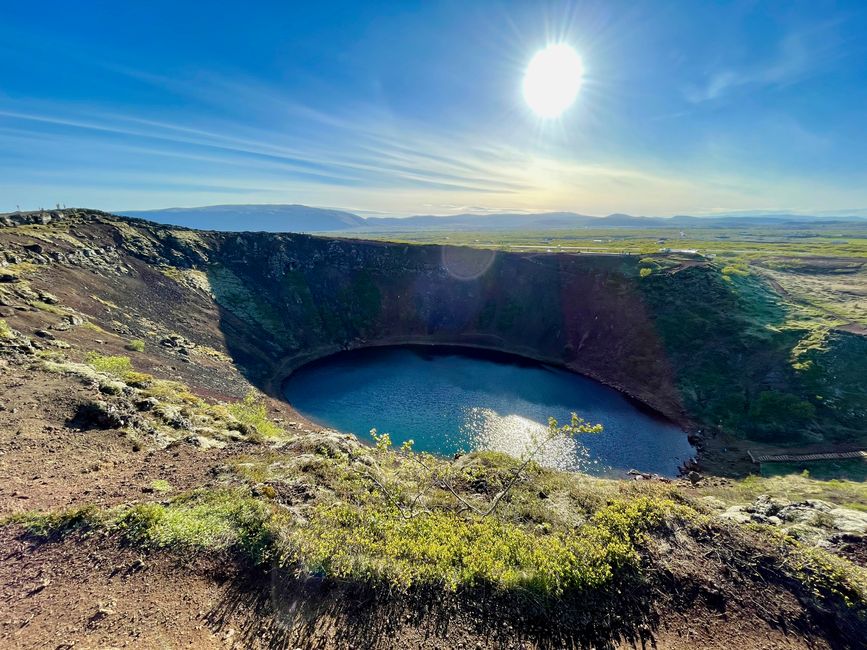
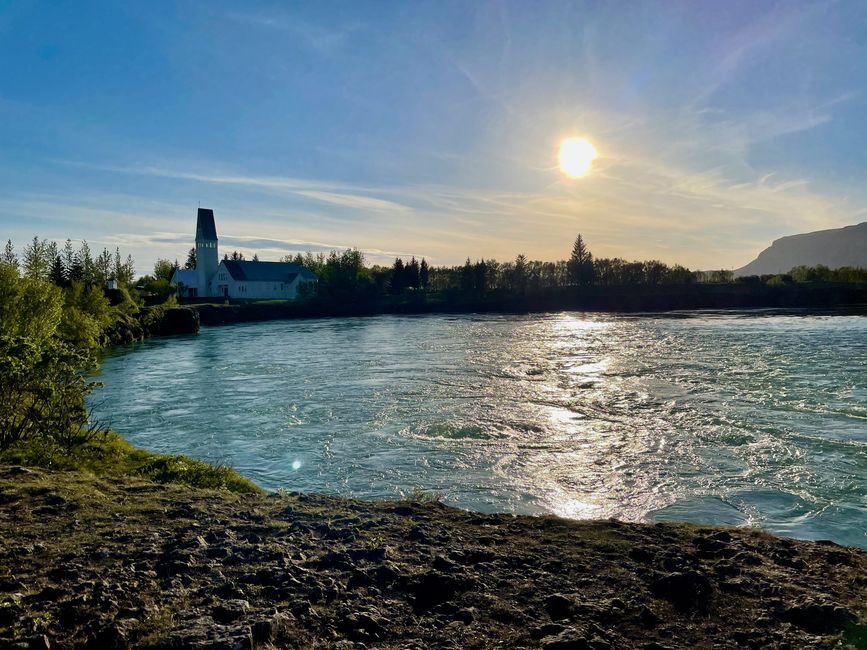
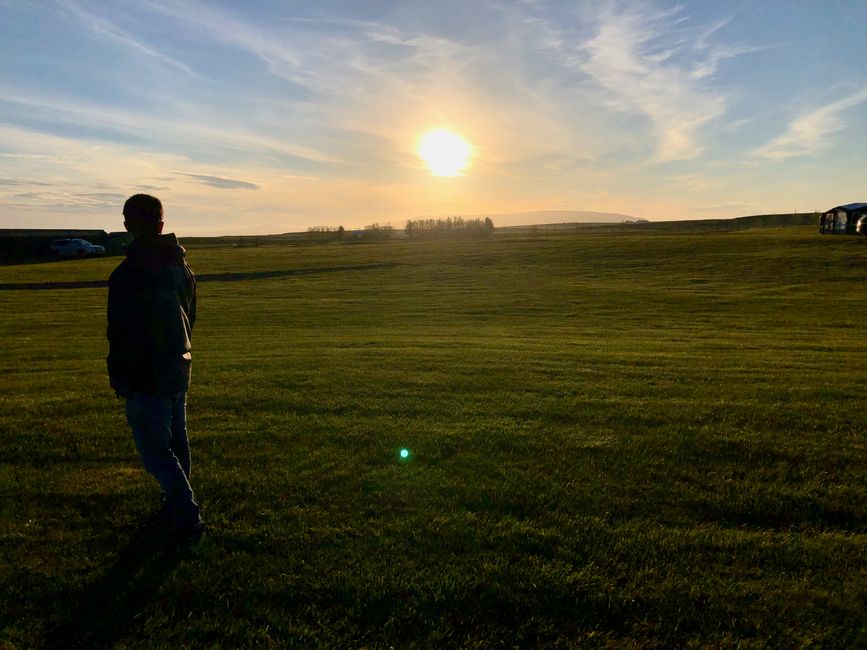
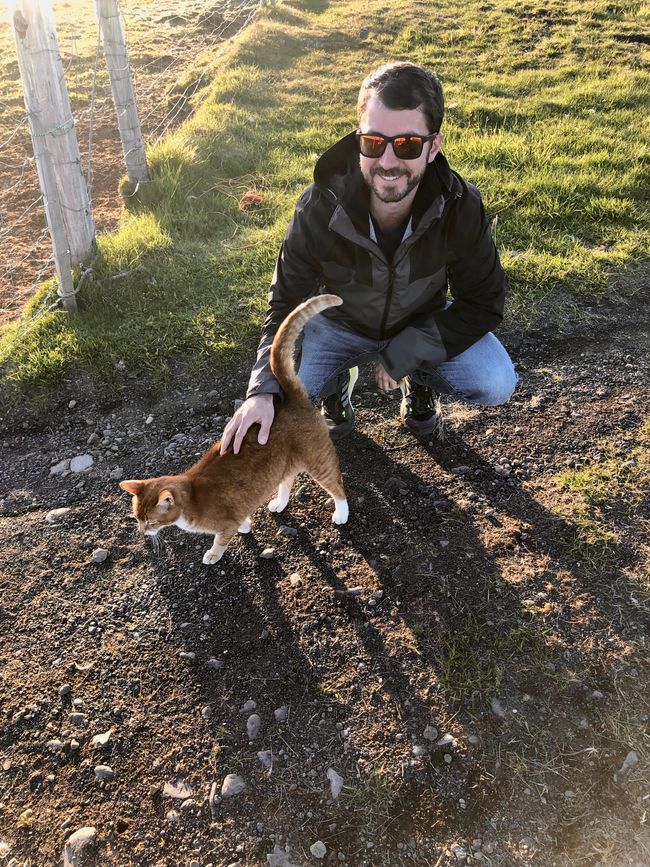
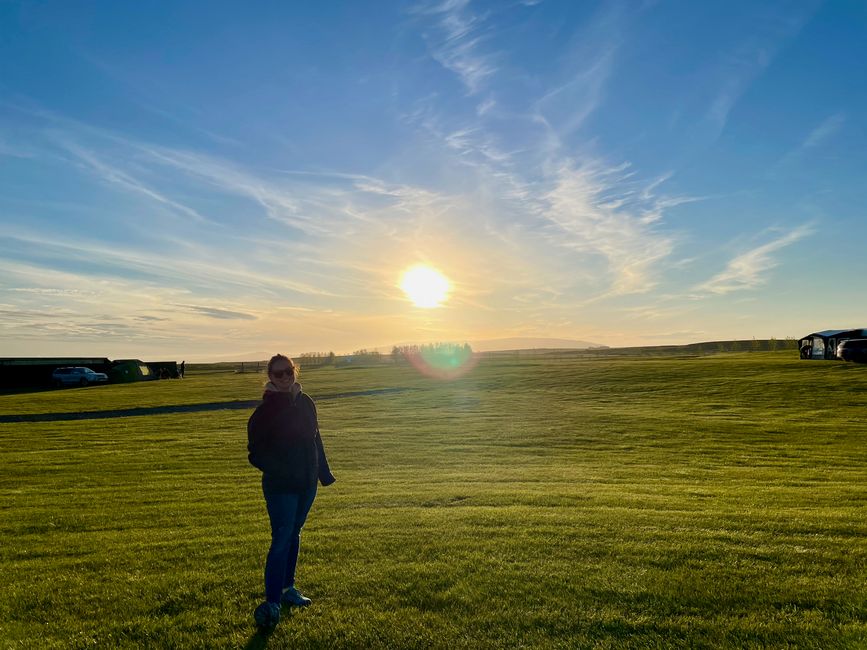
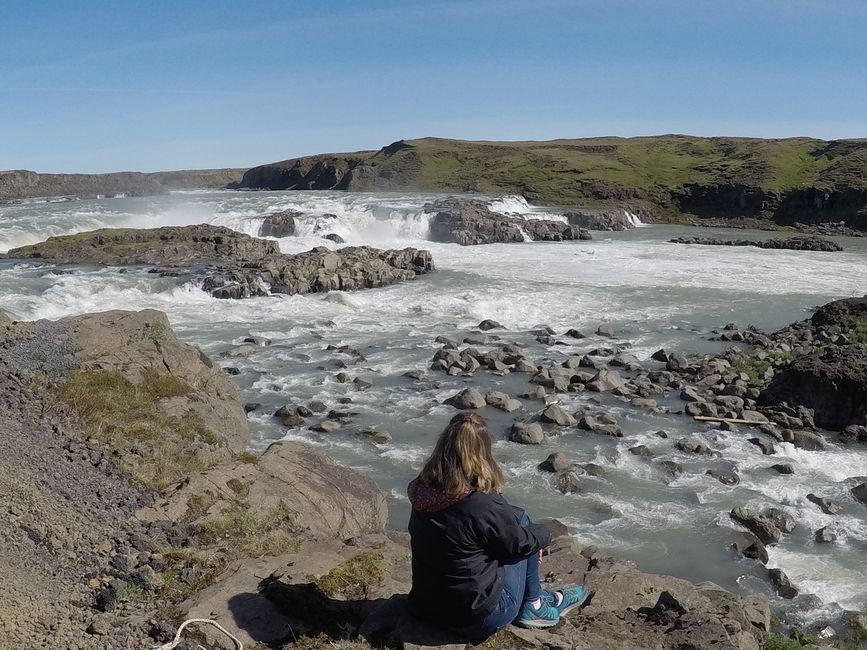
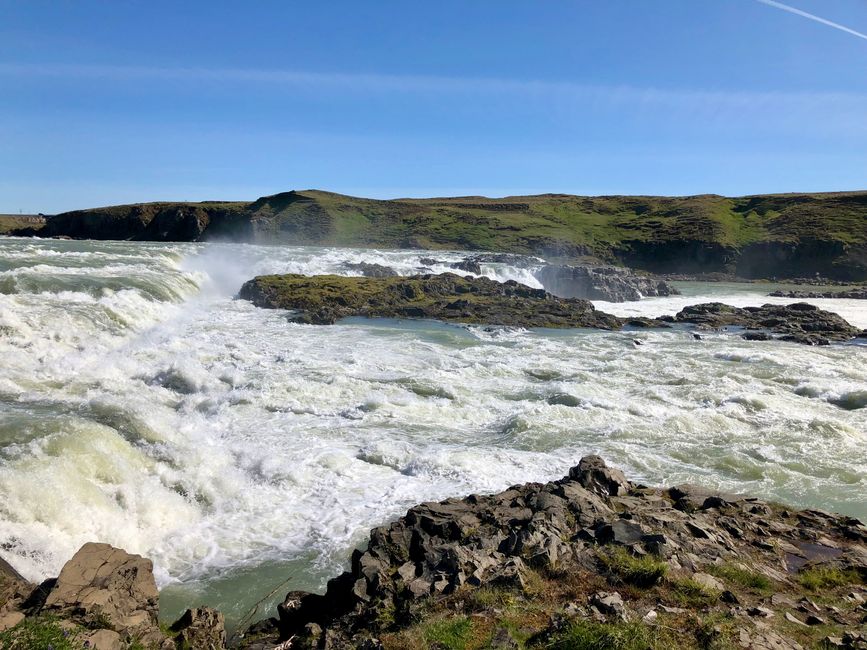
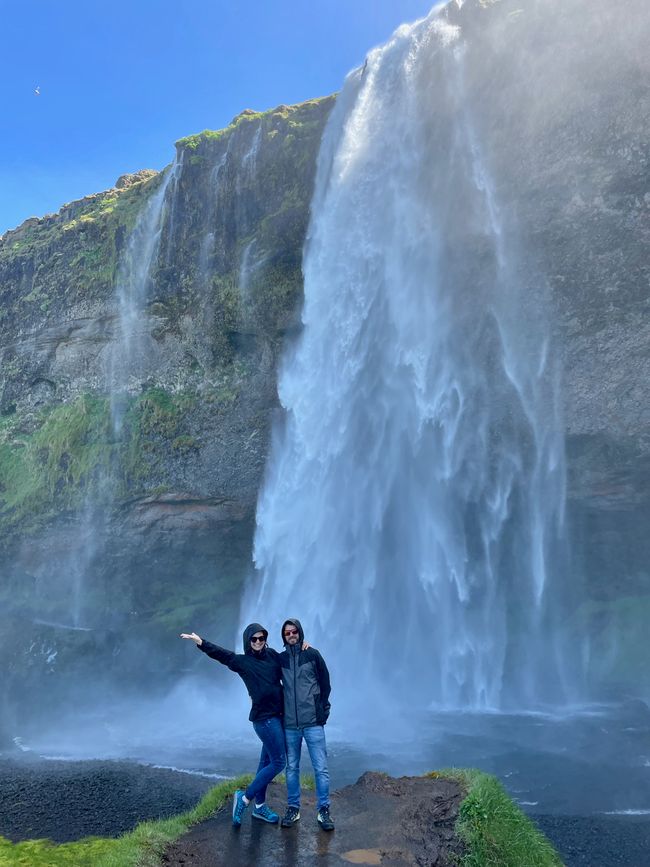
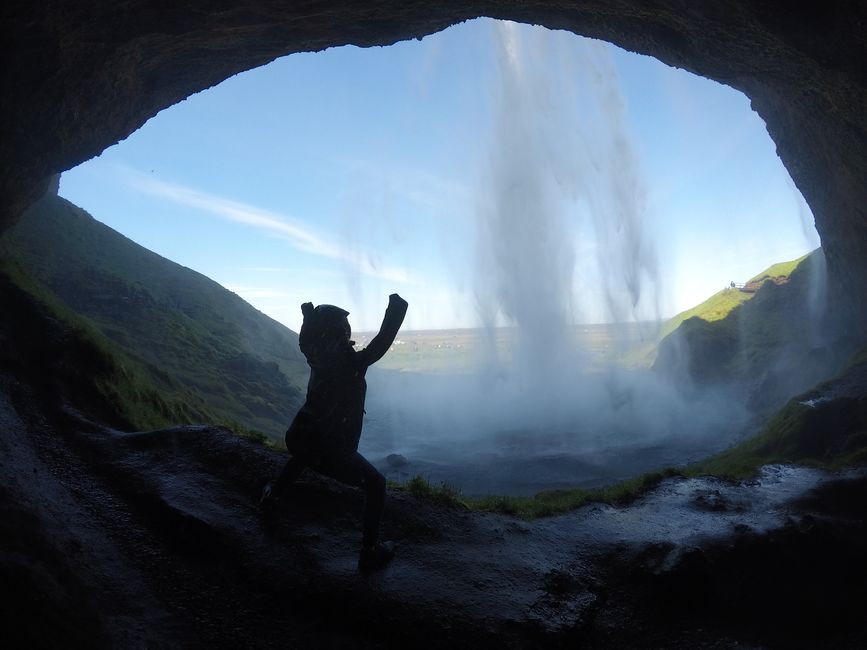
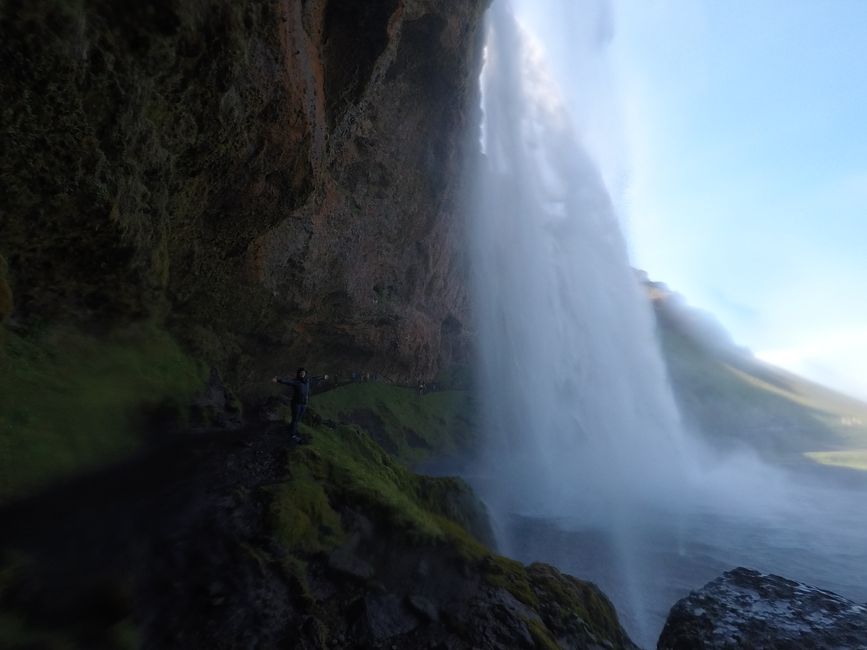
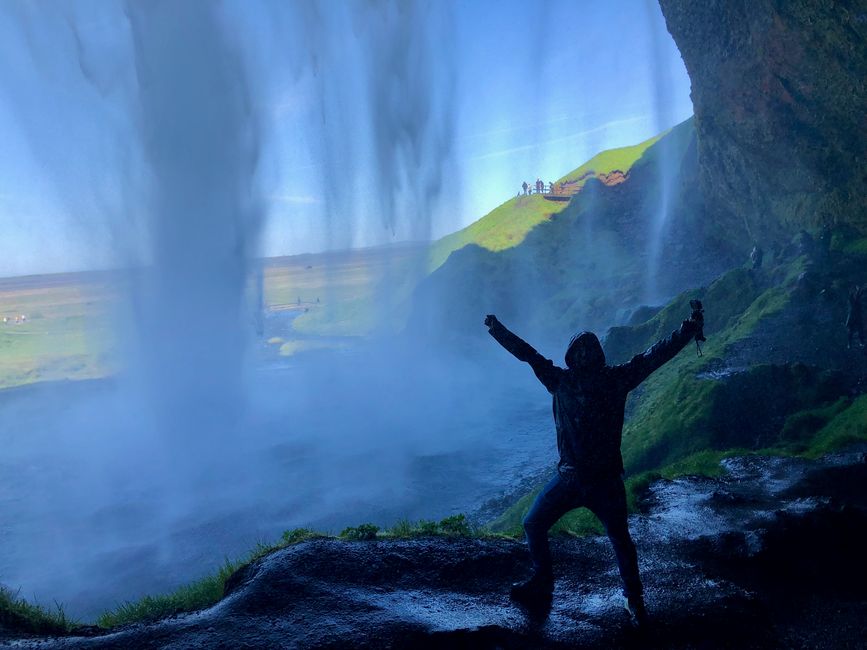
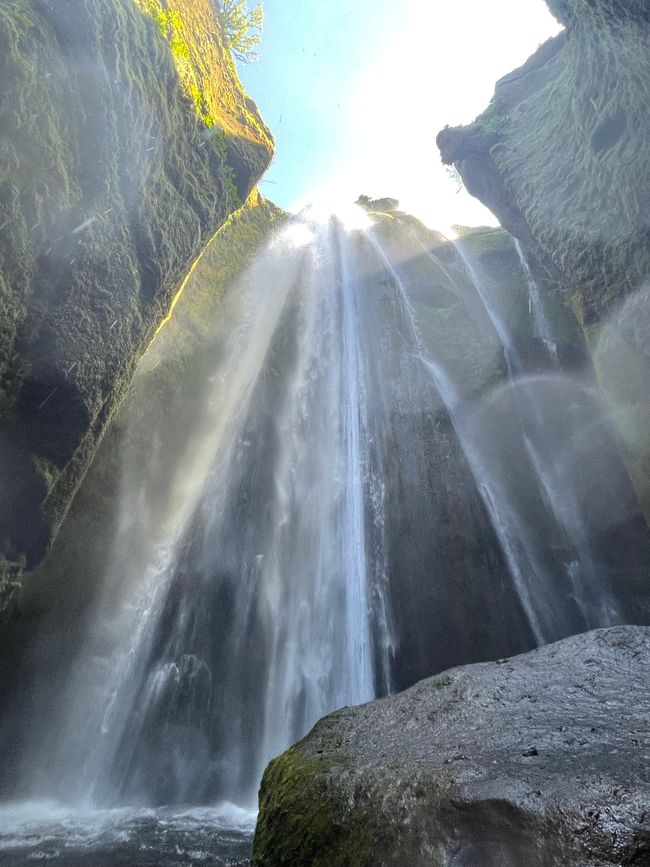
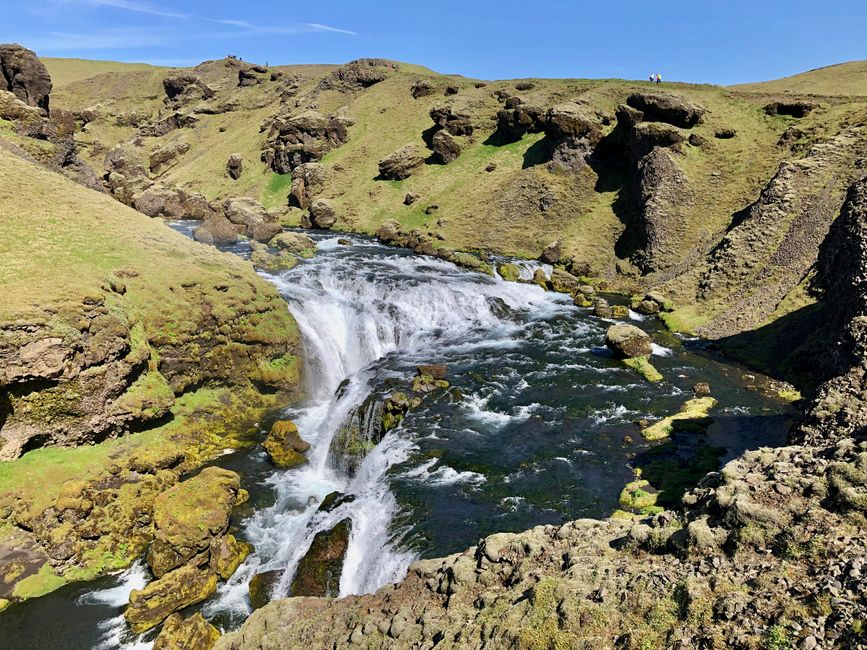
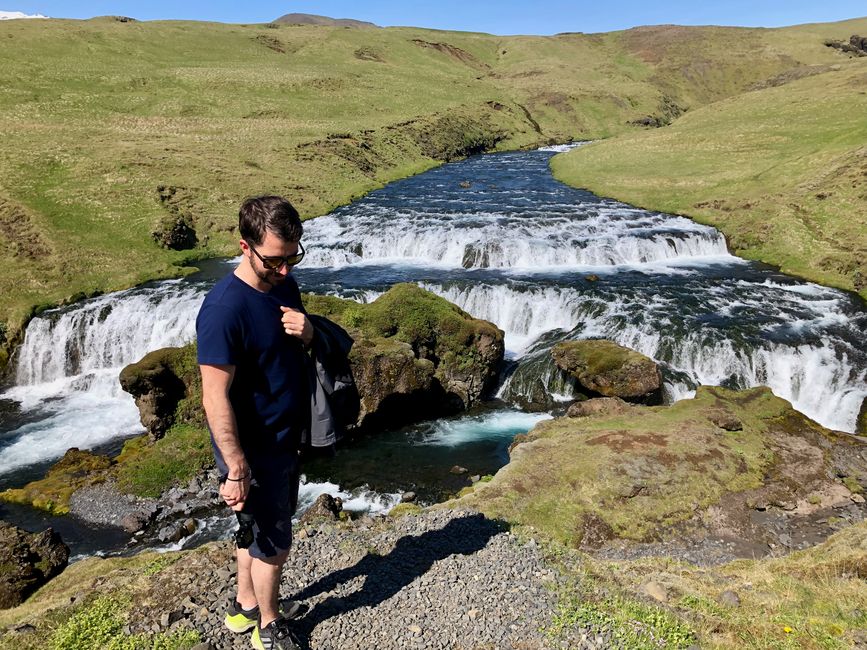
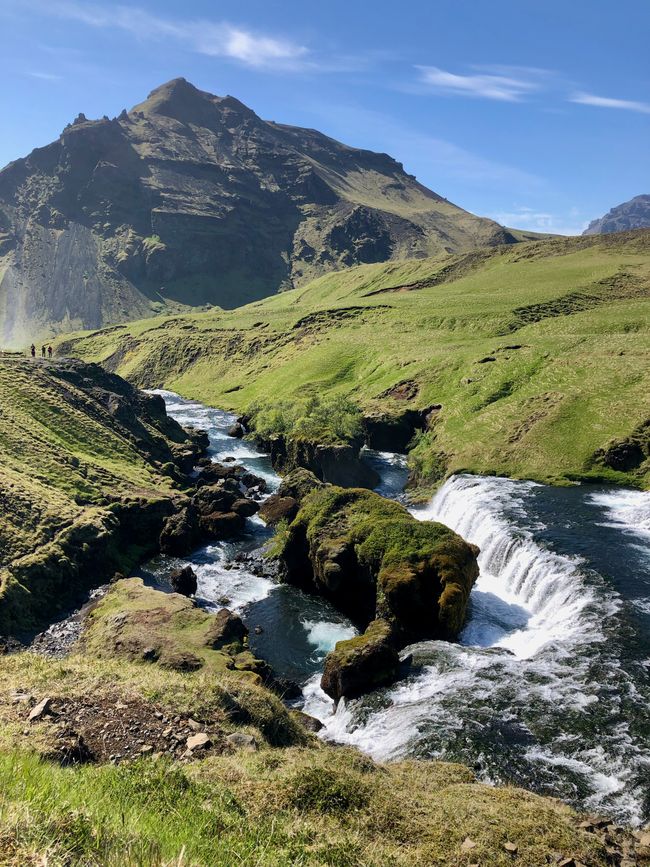
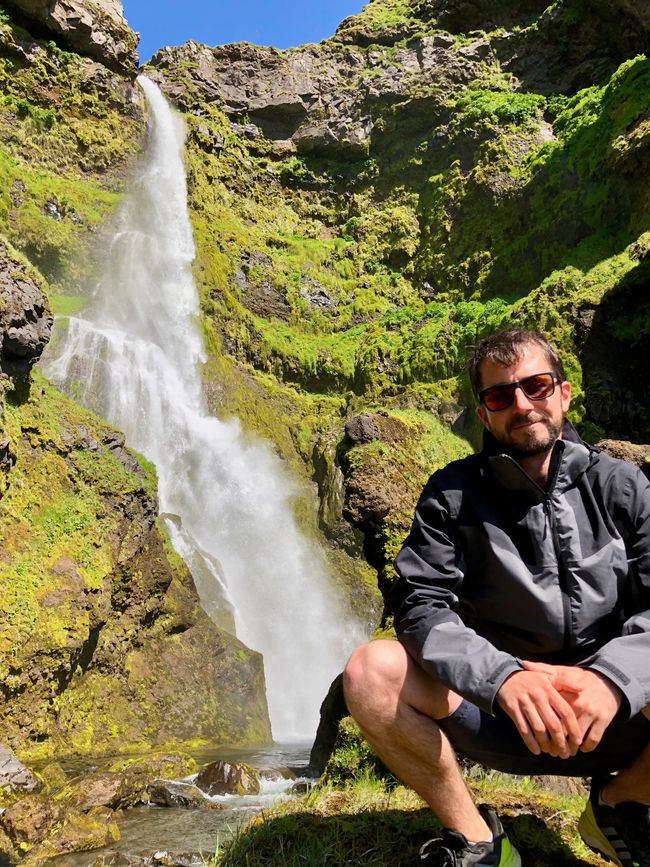
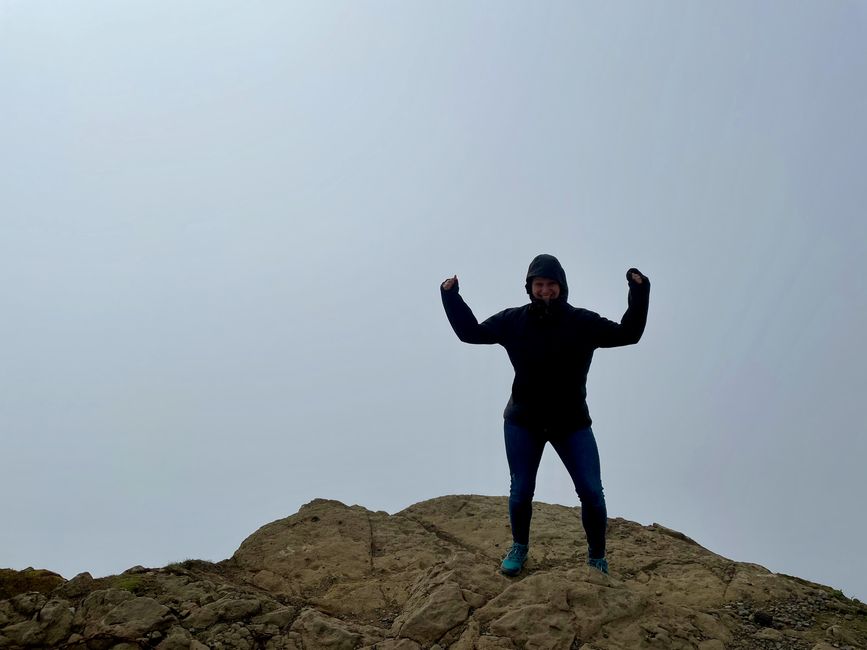
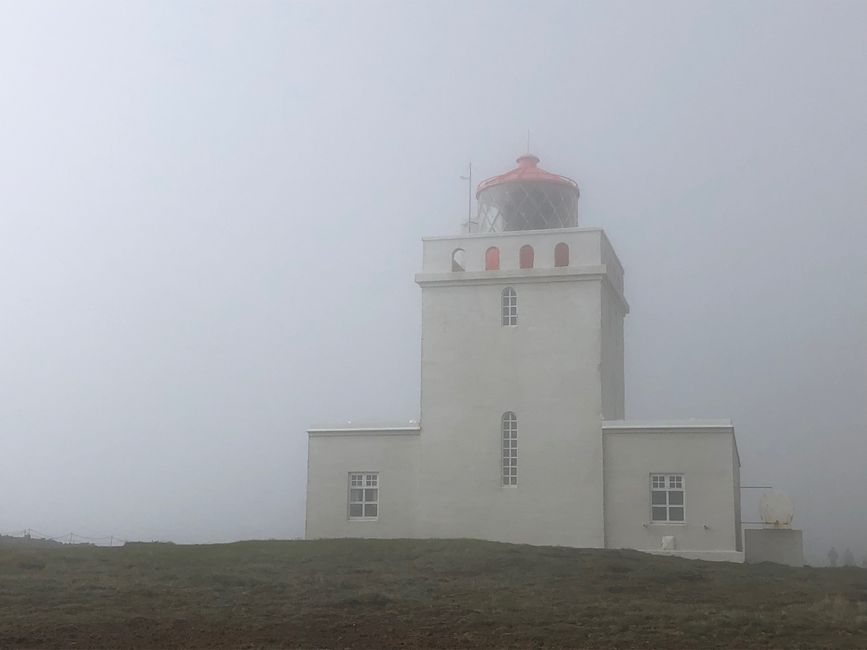
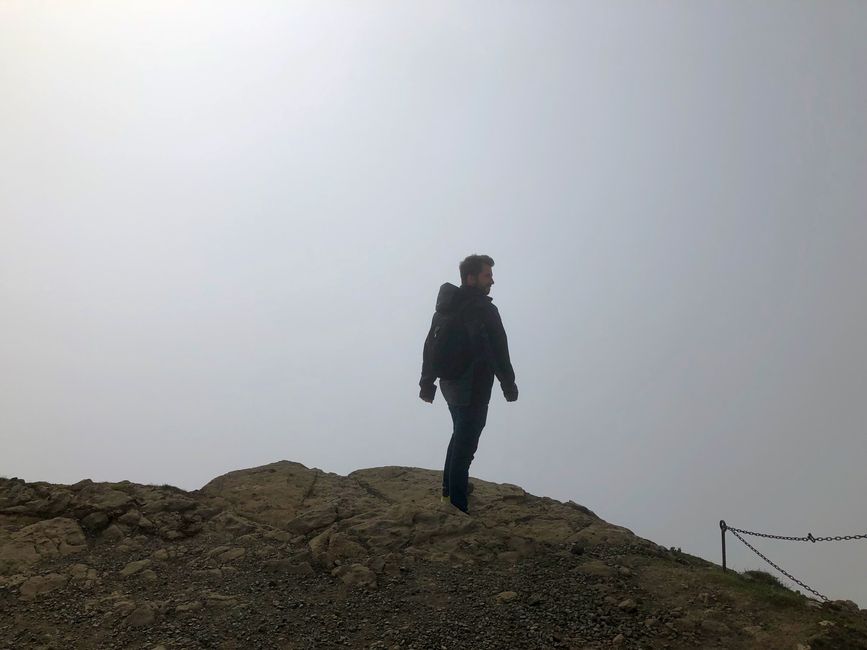
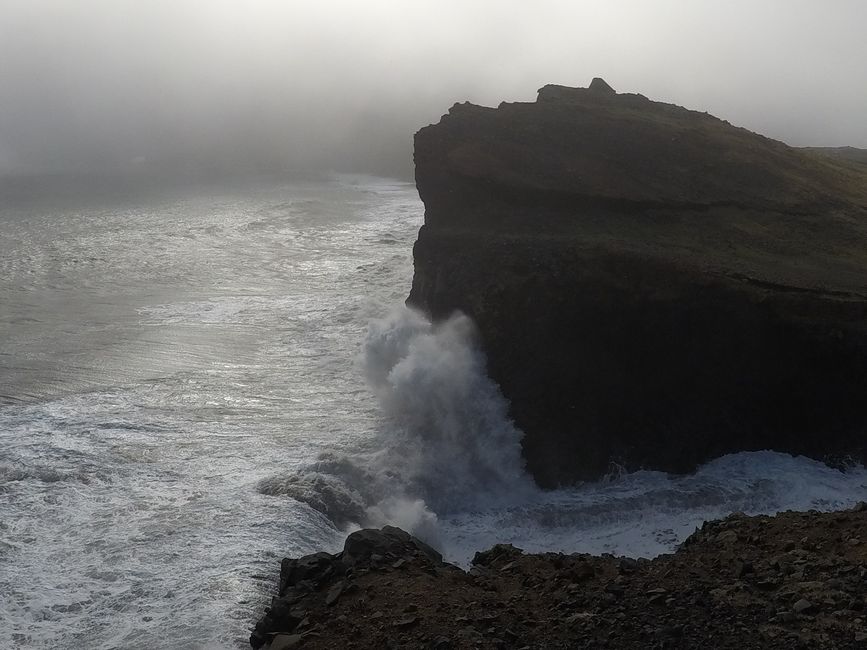
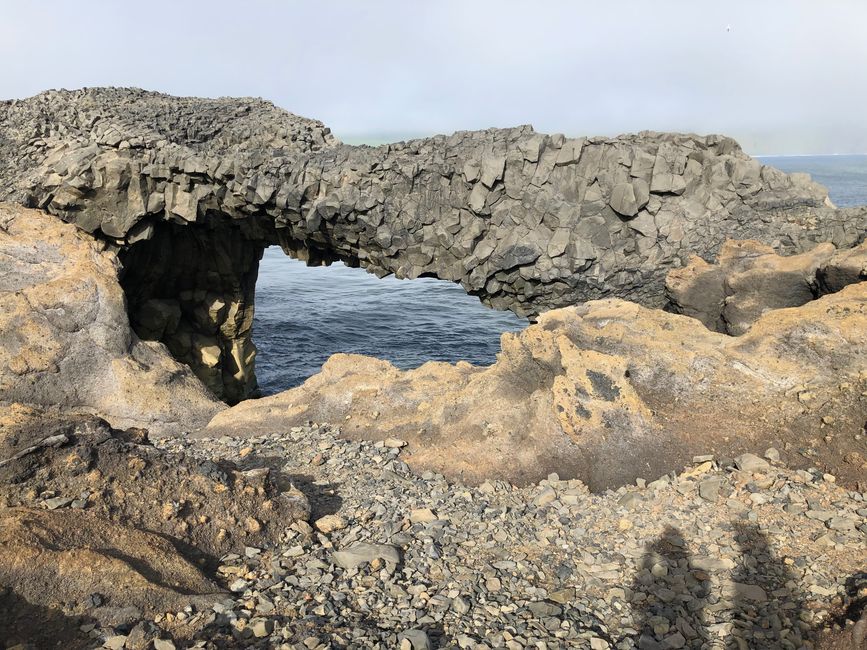
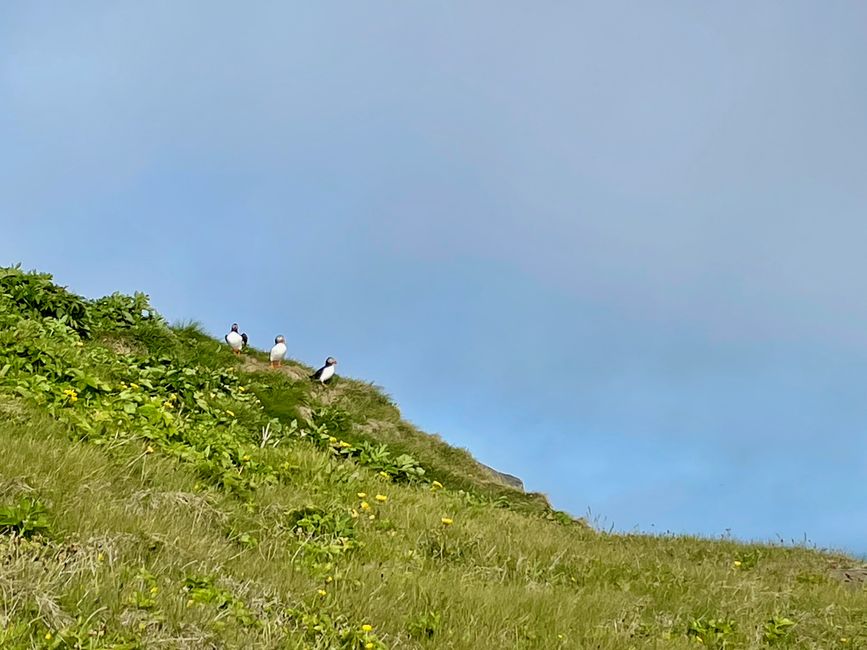
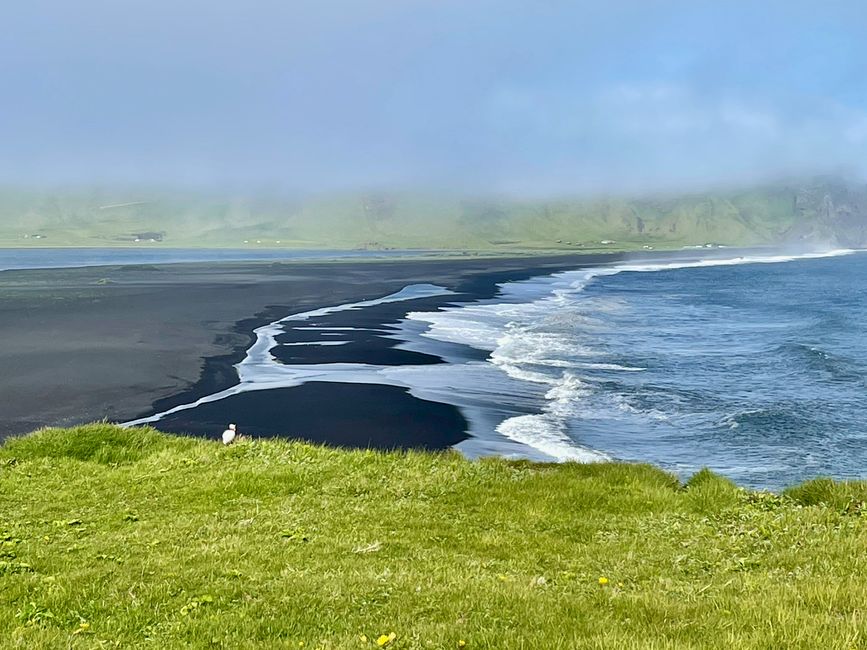
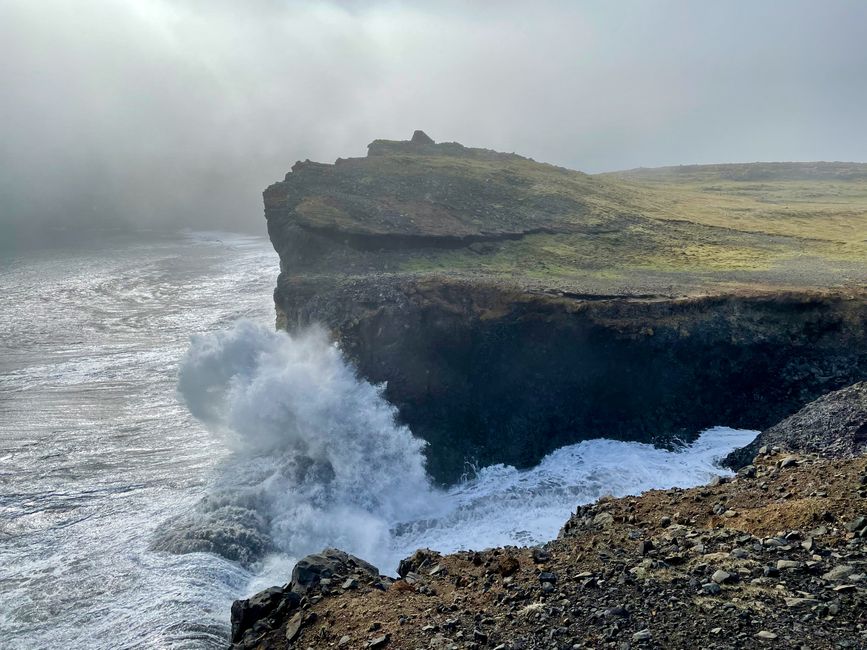
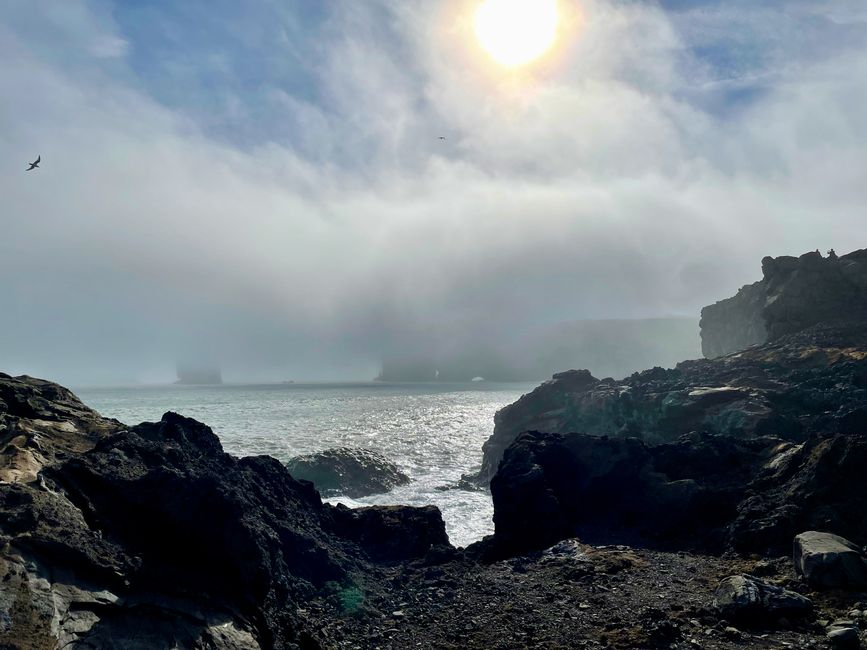
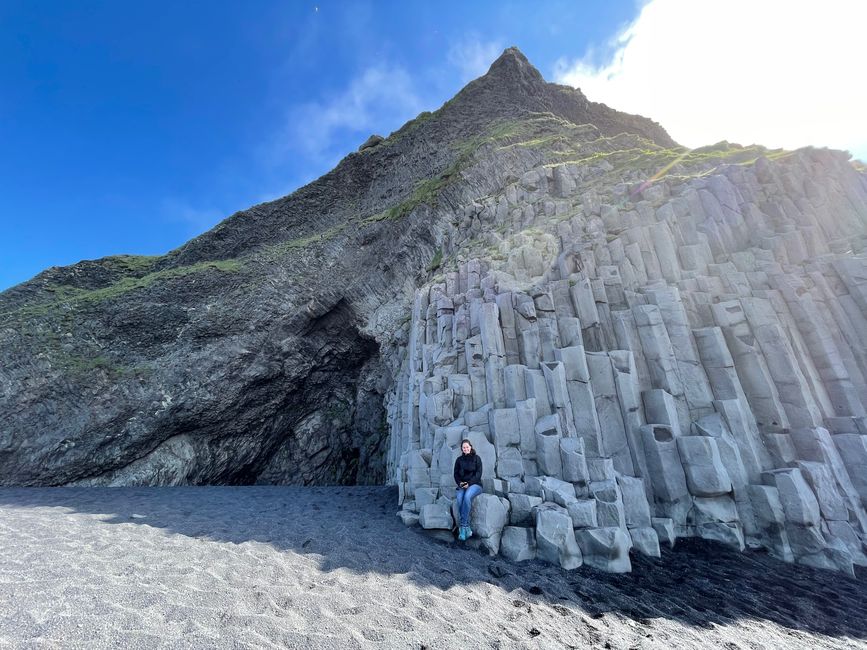
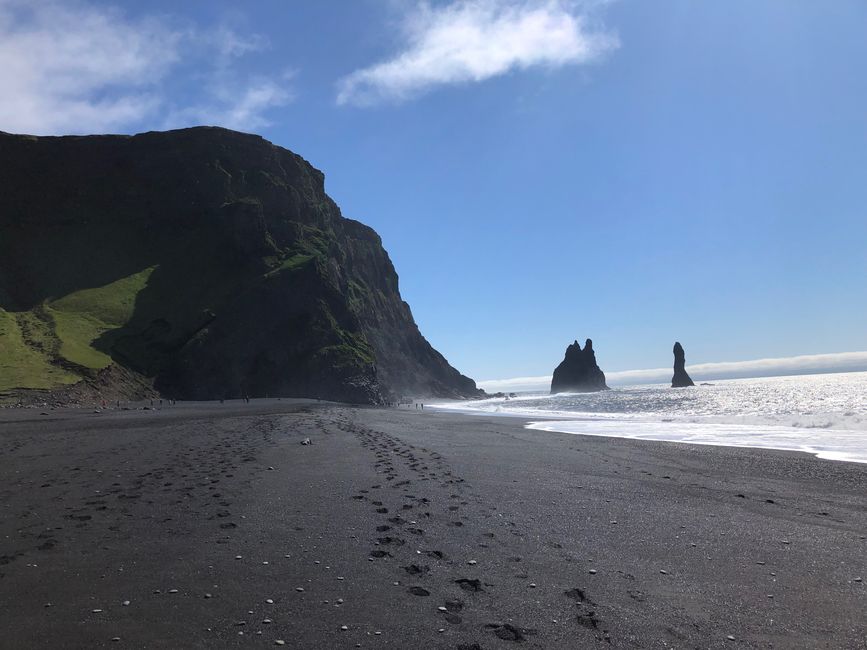
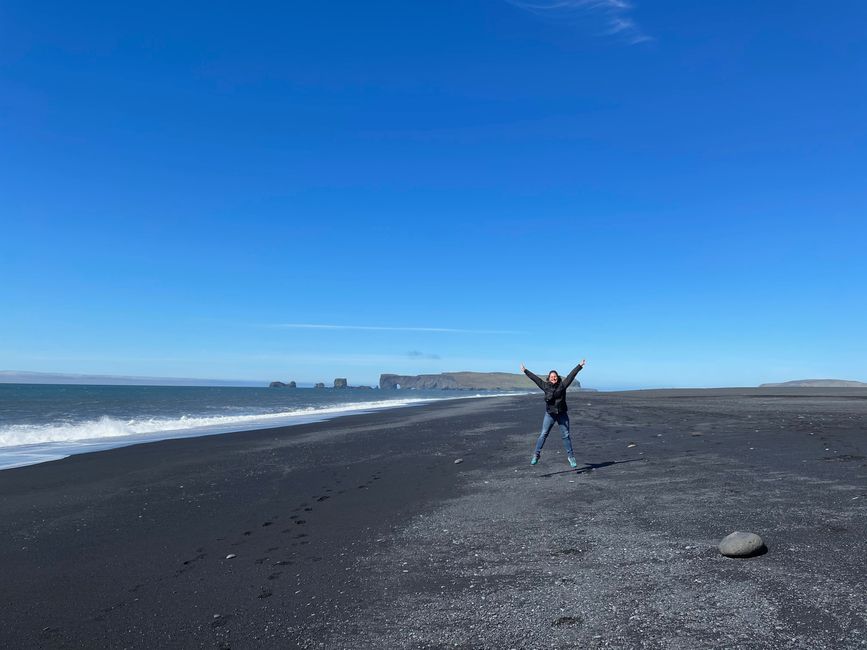
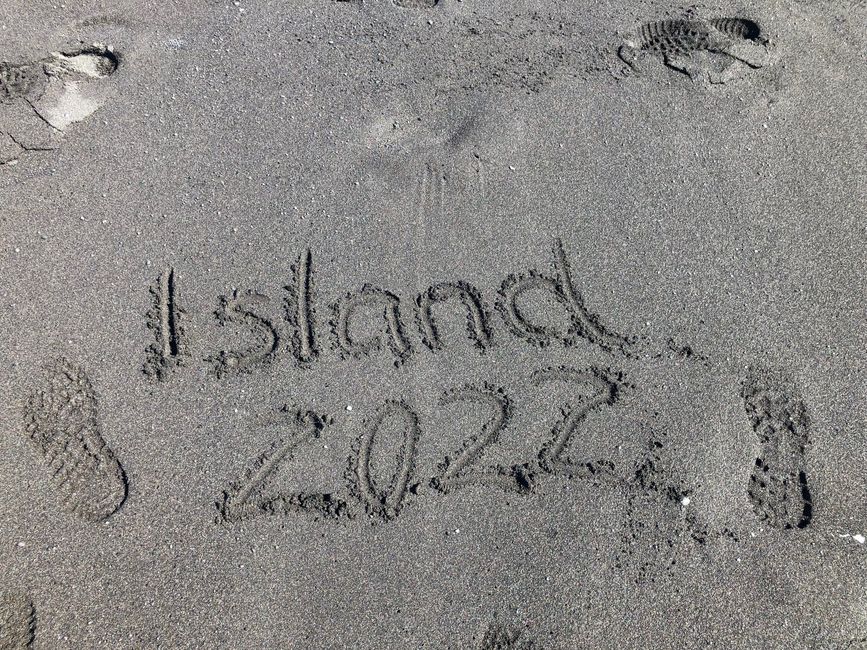
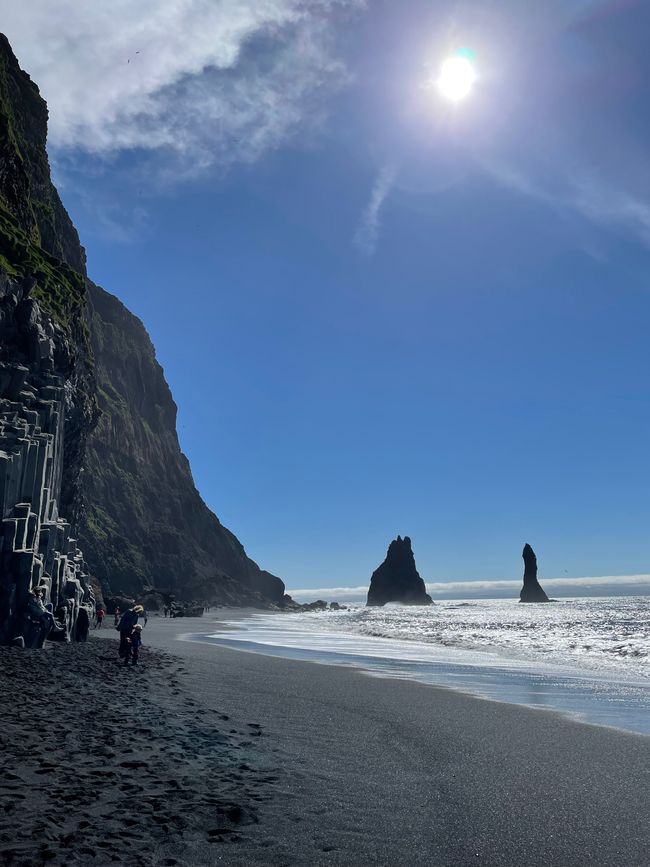
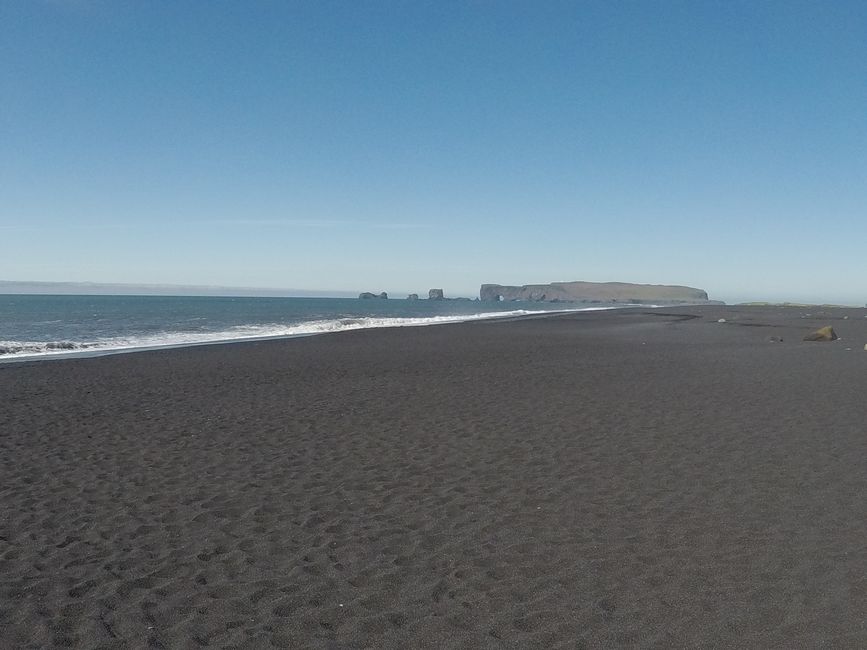
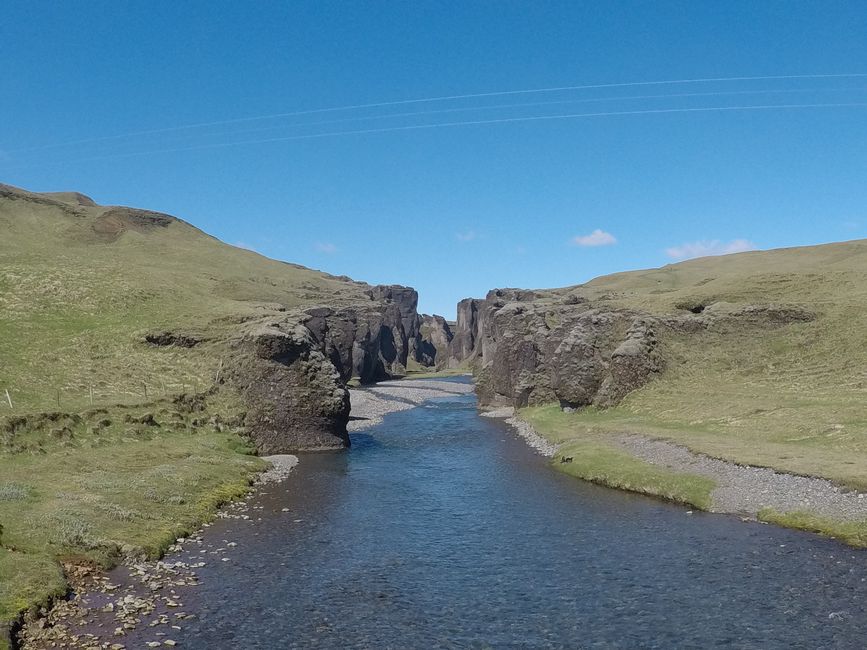
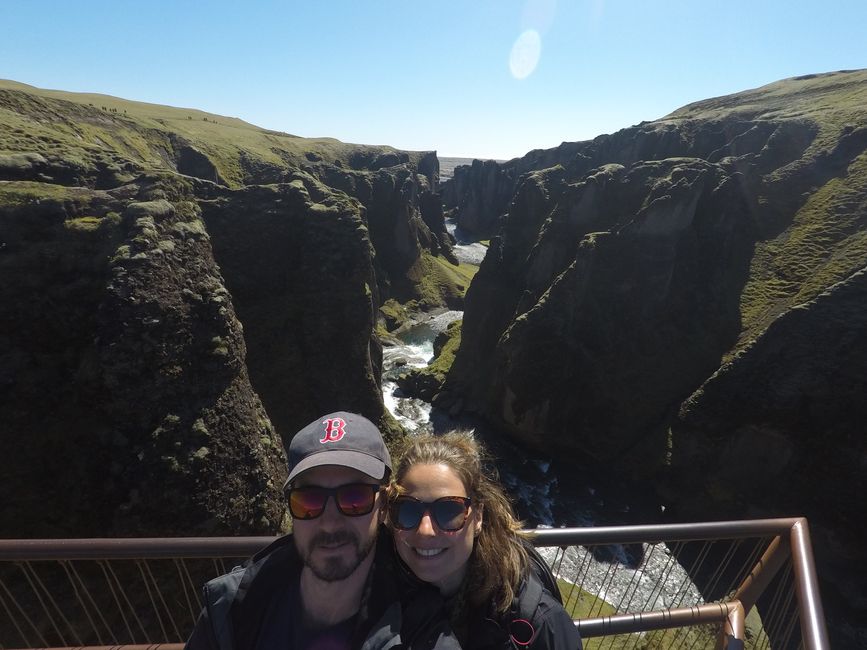
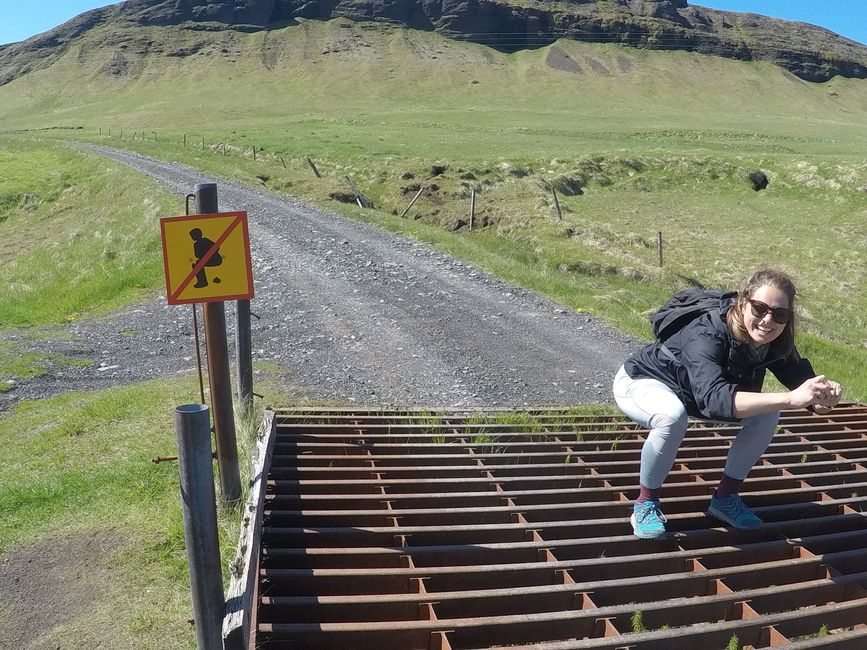
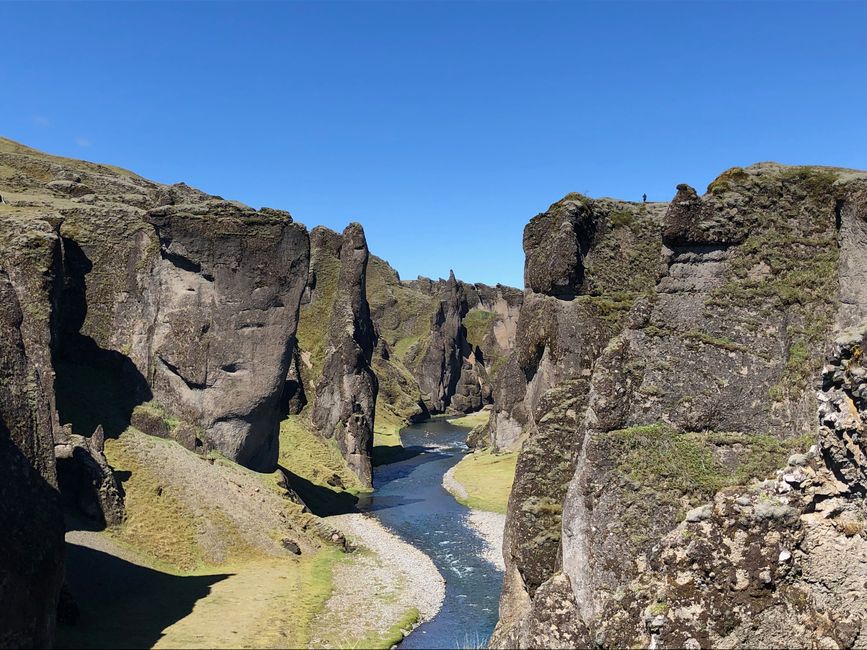
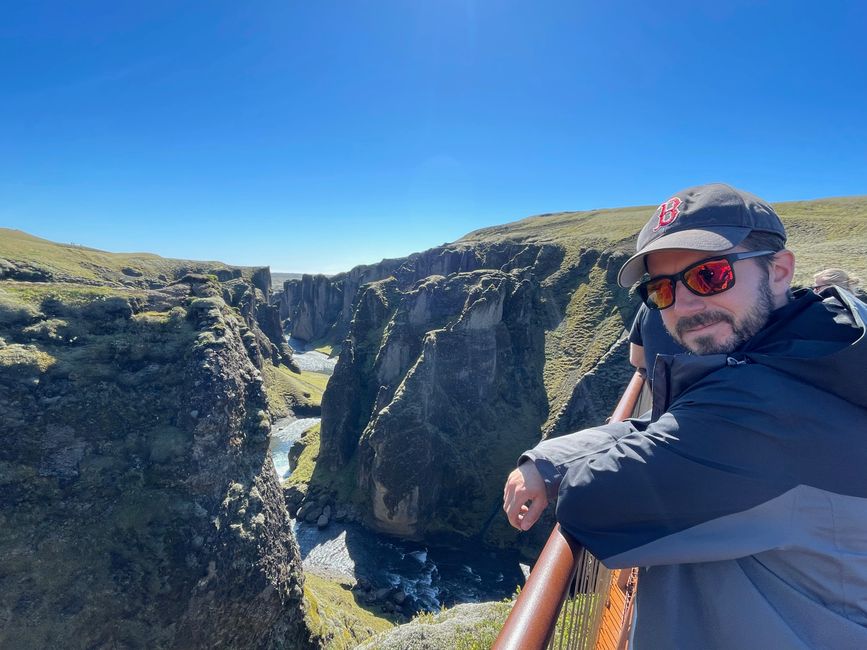
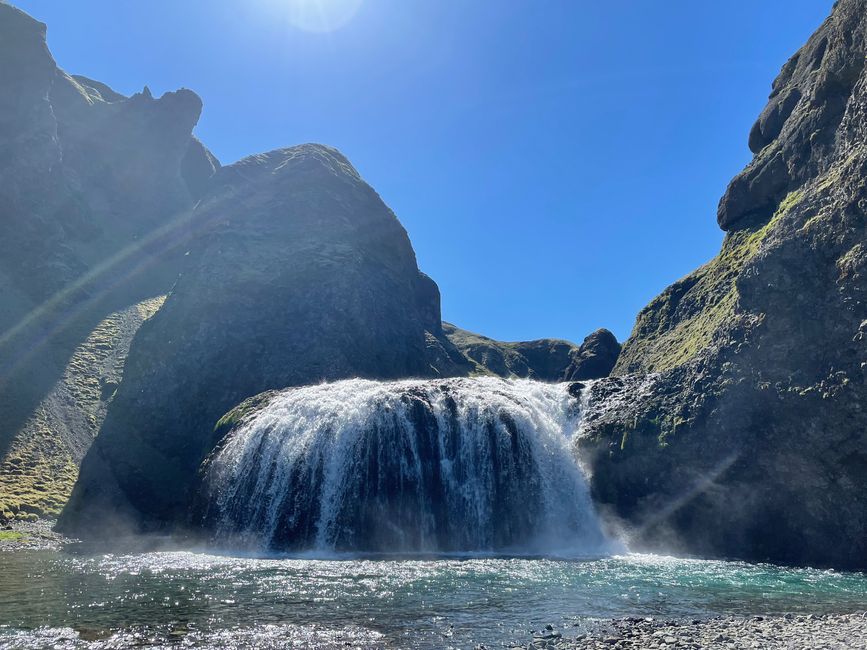
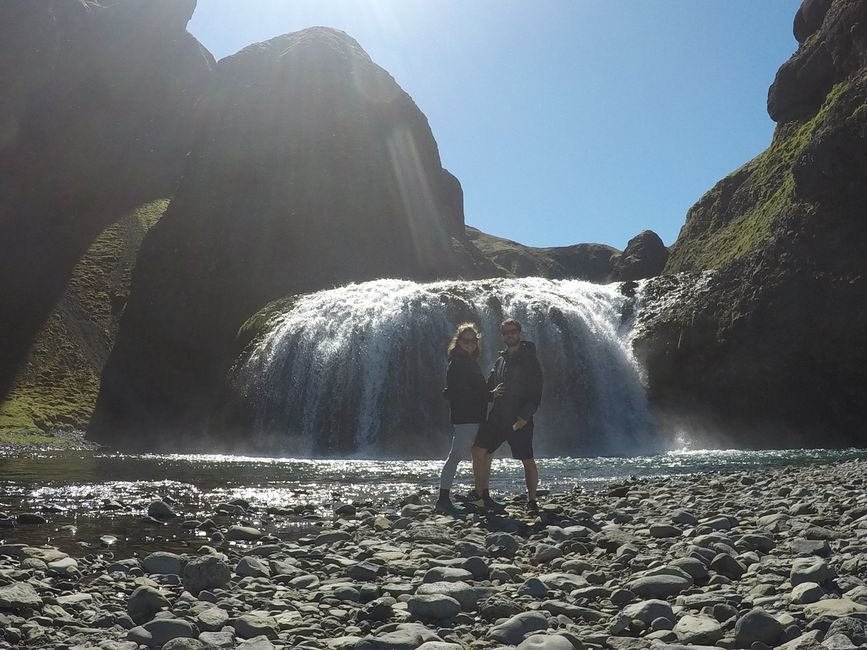
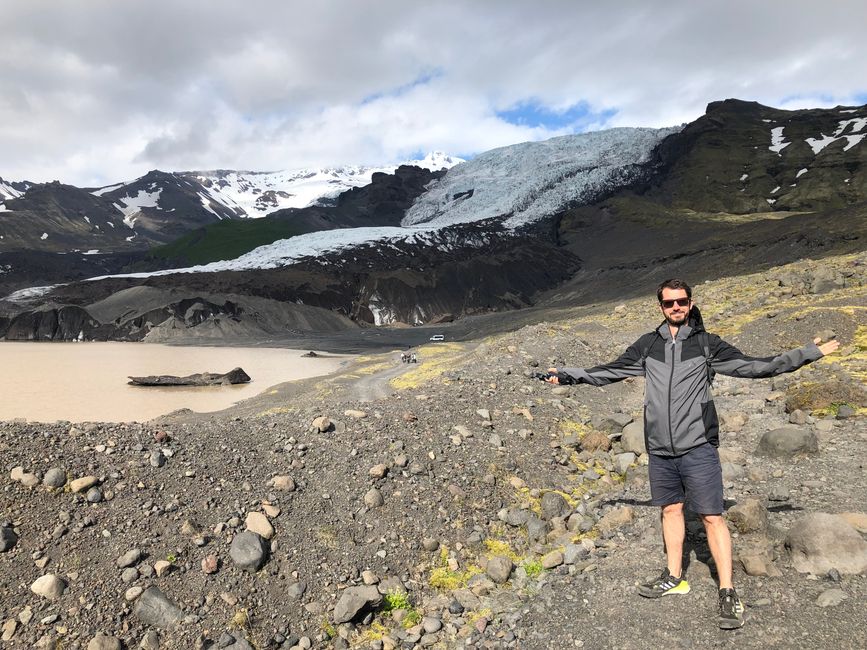
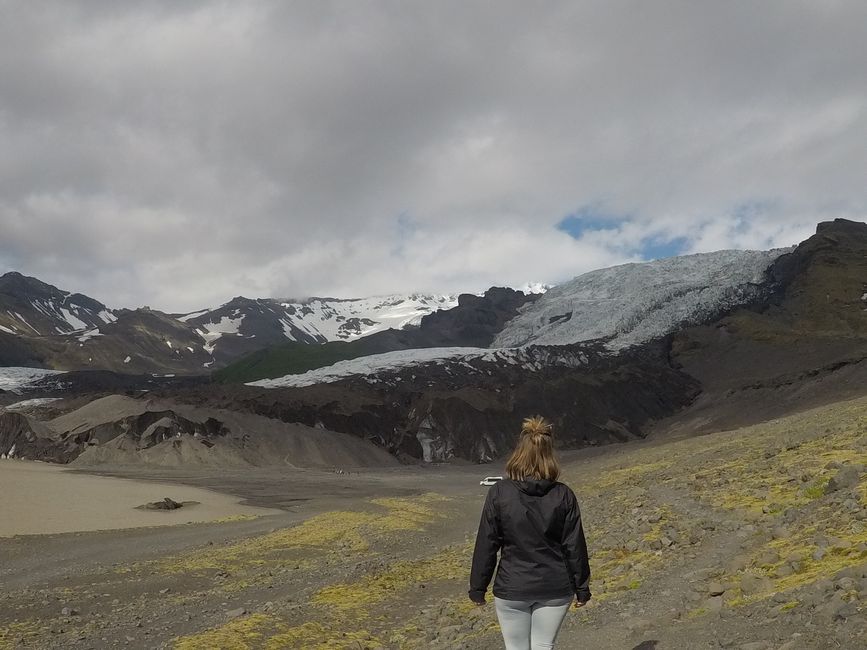
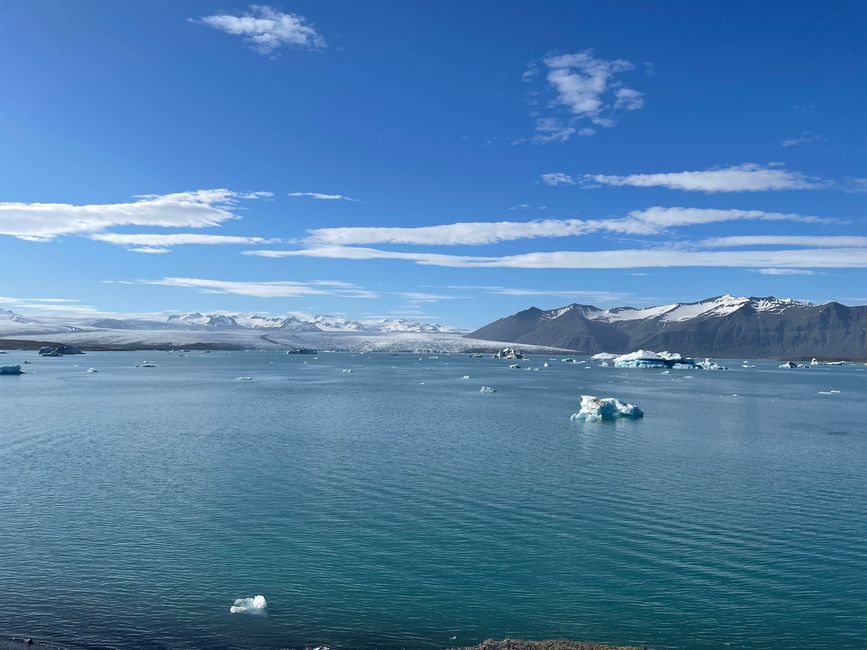
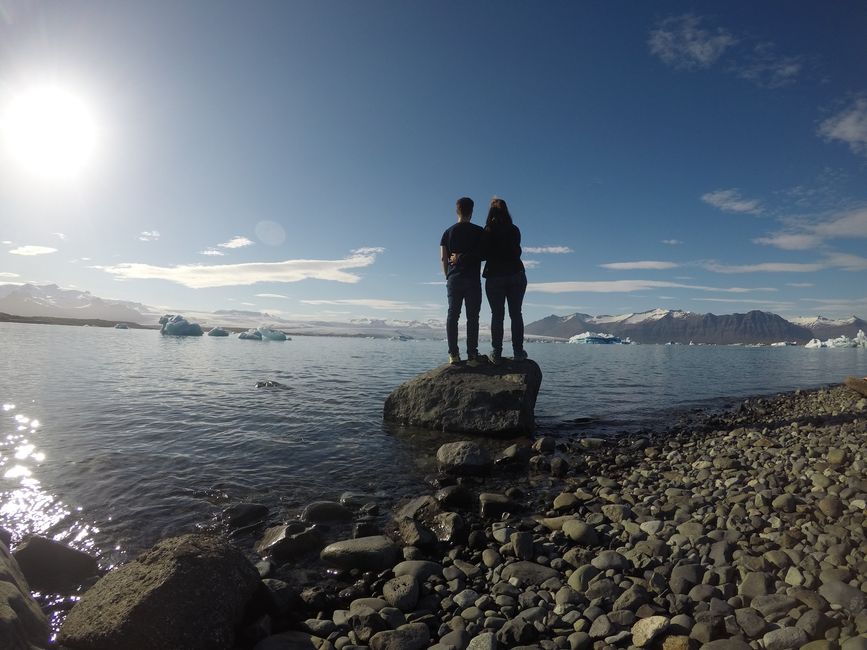
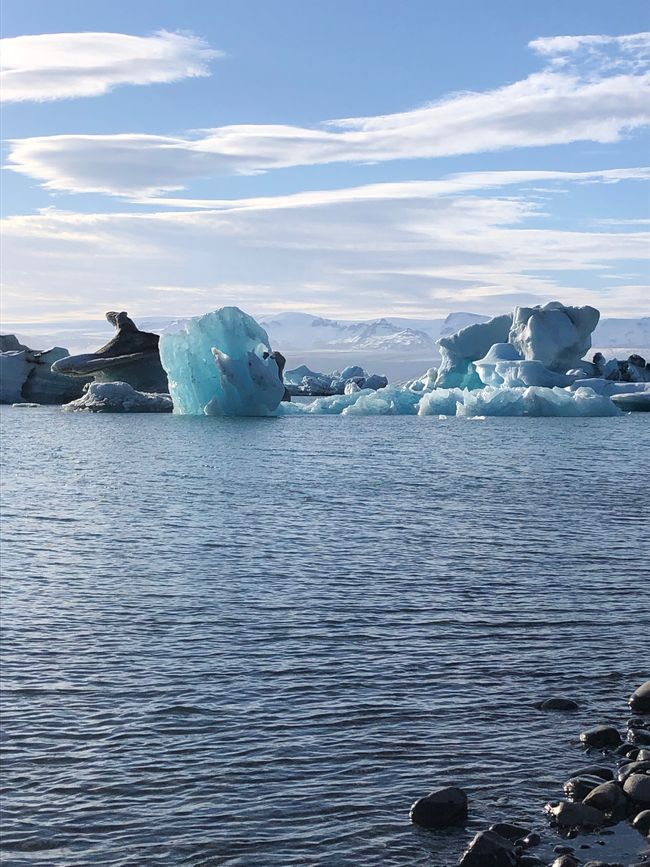
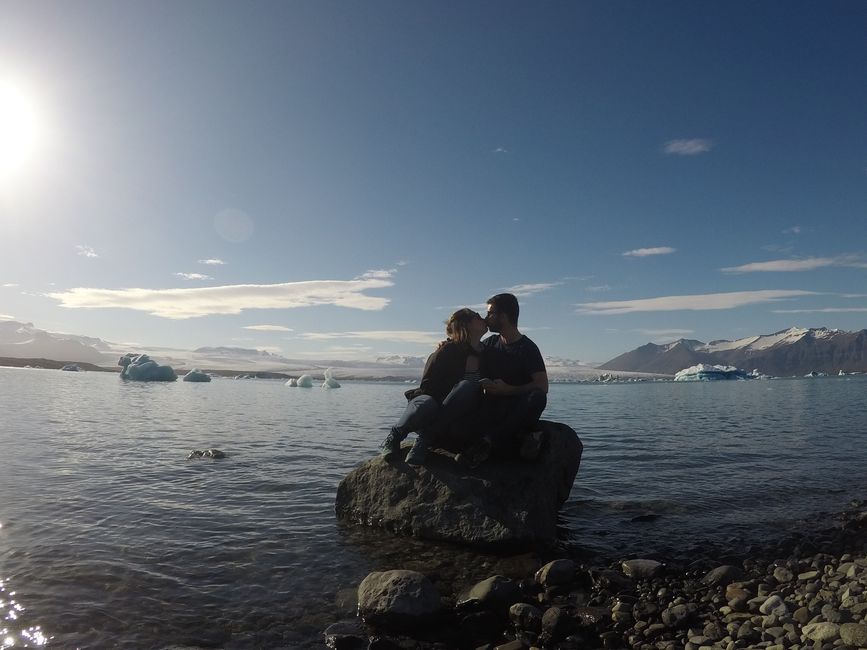
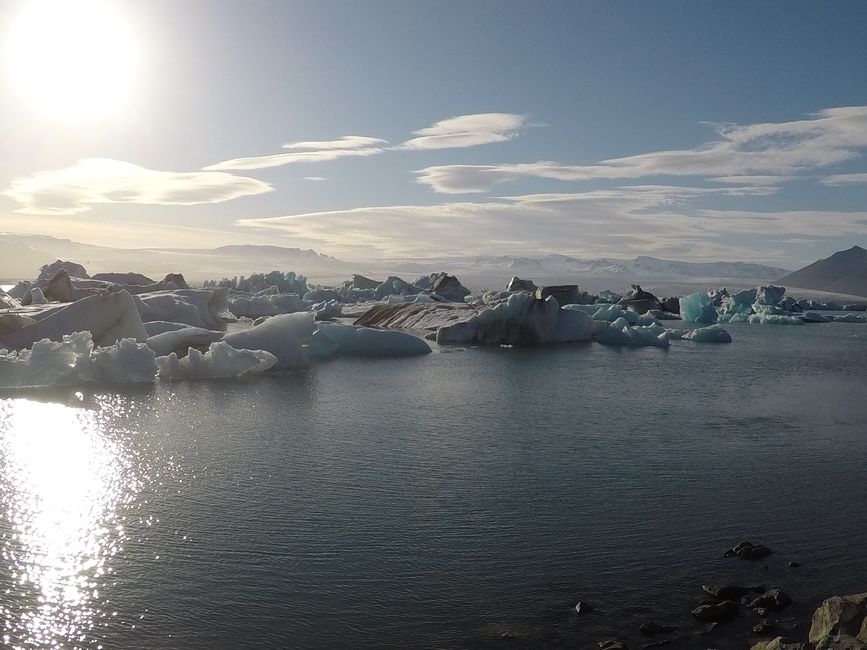
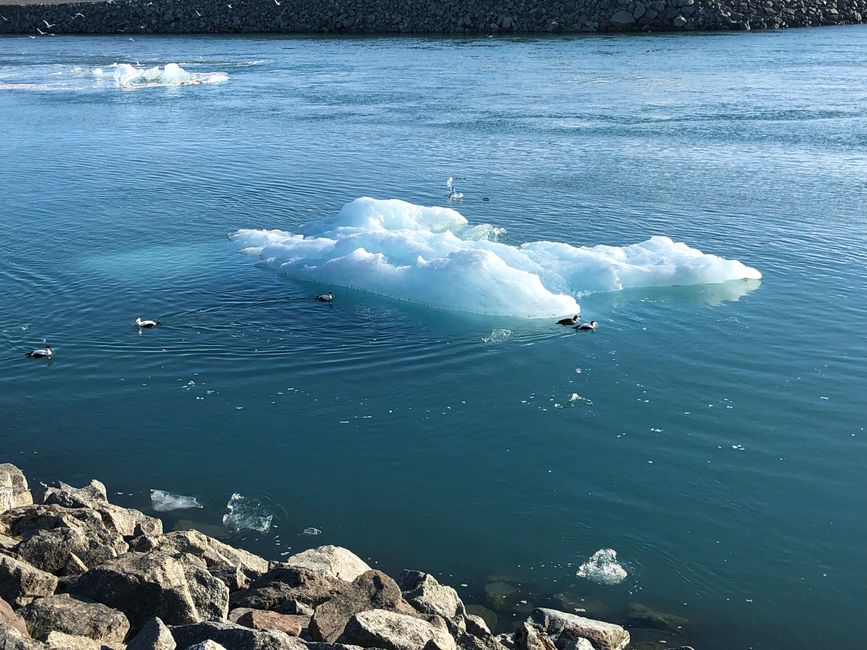
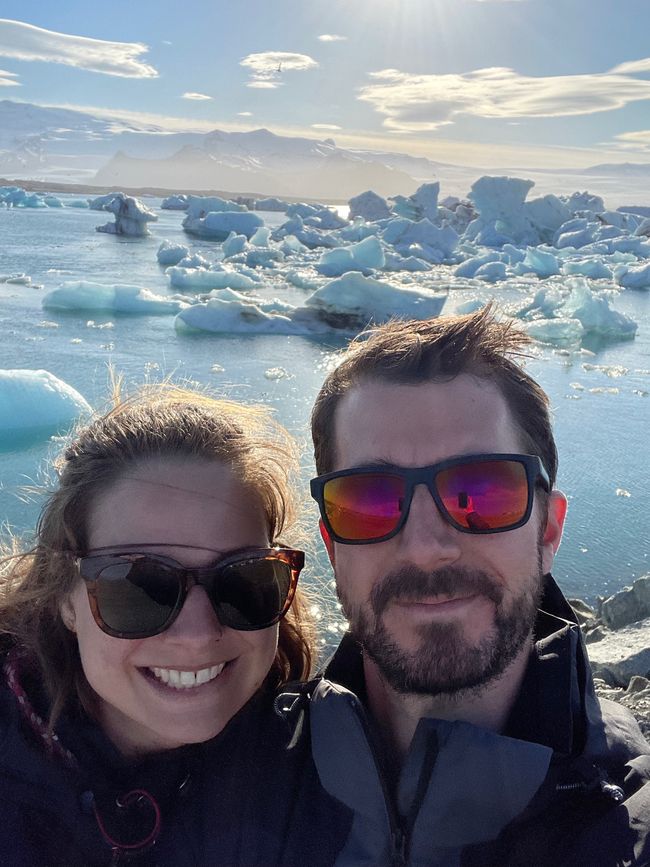
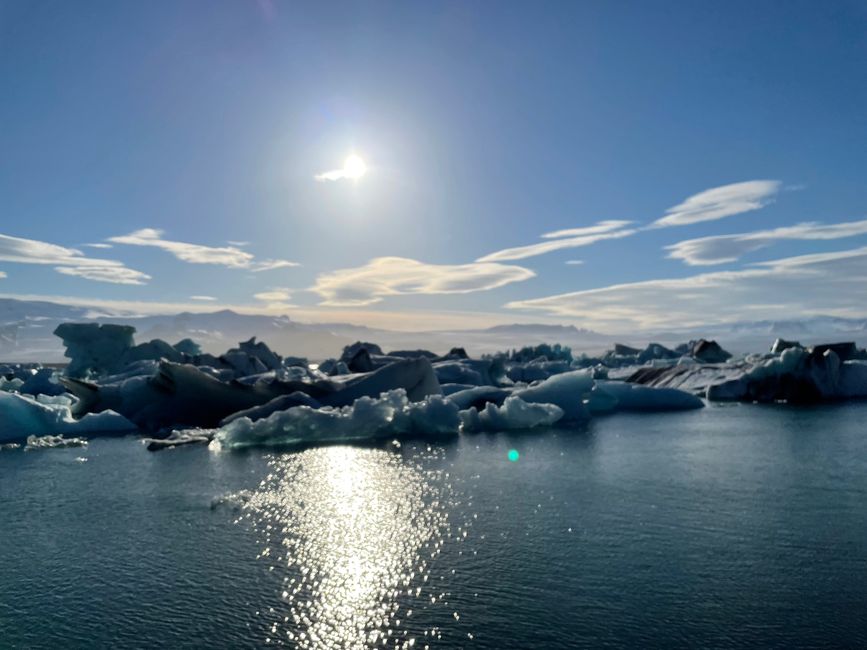
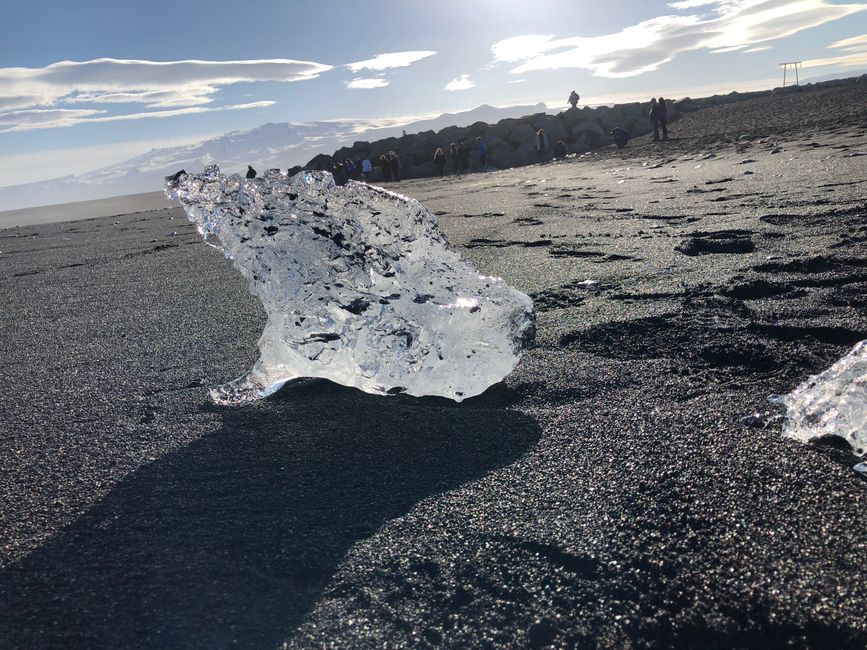
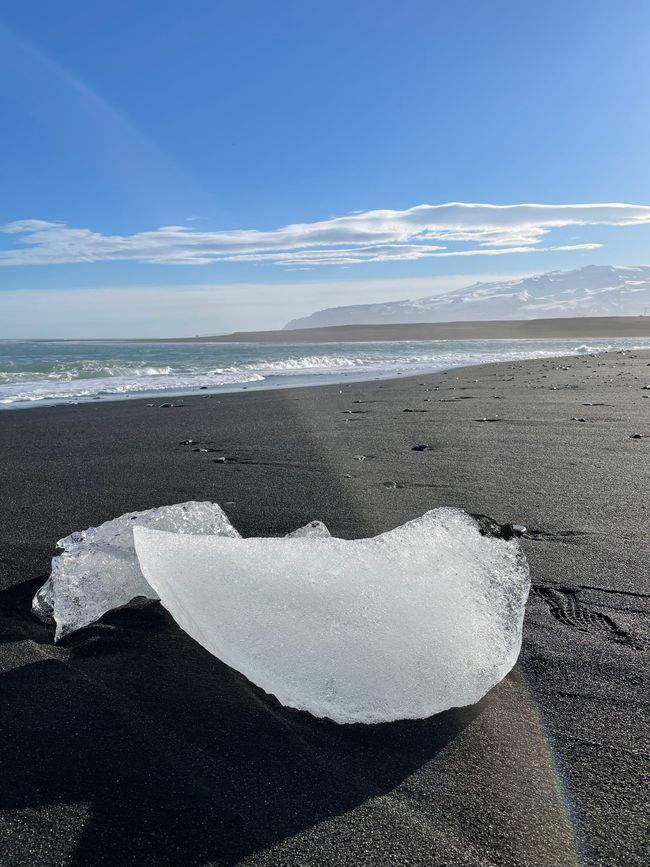
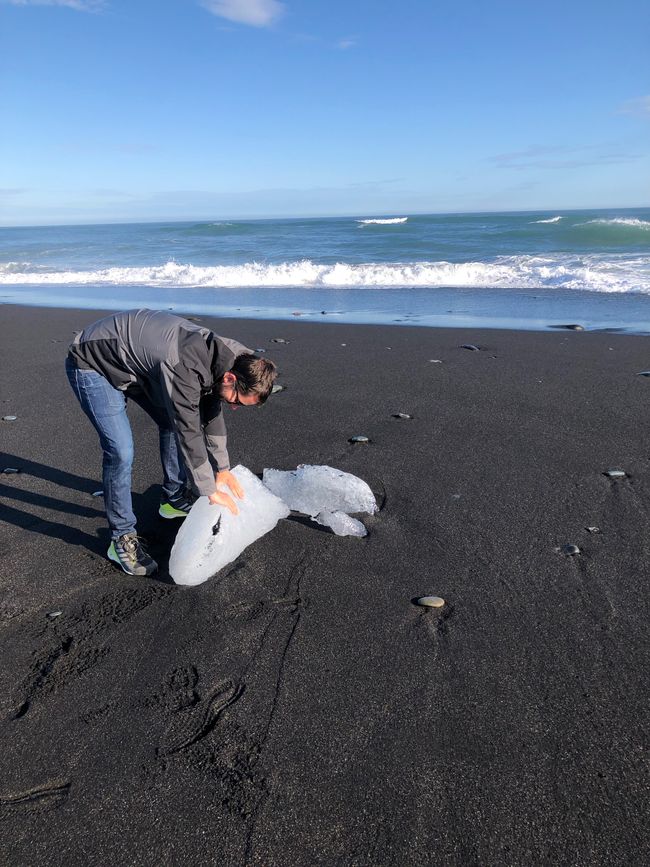
Ақпараттық бюллетеньге жазылу
The Golden Circle of Iceland
The morning started again with breakfast at the hostel. Then it was time to pack our backpacks and sprint to the bus station to catch the bus to Keflavik Airport. It wasn't tiring at all to run uphill and downhill through Reykjavik with about 13 kg. Once at the airport, we picked up our rental car for the next 2 weeks: a small gray Toyota Yaris. Then the journey officially began and we drove for about 1.5 hours towards Pingvellier National Park. Just before reaching the parking lot, we spotted a small Arctic fox running across a field. It was in the middle of shedding its fur and had white and brown spots.
Here's an interesting fact about Iceland: The Arctic fox is the only native mammal on the island. All other mammals, especially sheep, didn't come to Iceland naturally.
In Pingvellier, we could admire the drifting apart of the Eurasian and North American plates. The result of this divergence is a gorge about 100 meters wide. We learned that Iceland only grows about 2 cm in landmass each year, but the sea erodes the landmass at the coasts. In the end, Iceland will never get bigger. We hiked 2 km through the gorge and then reached the first waterfall called Öxarafoss. From there, we continued to walk to the church of Pingvellier, where the former summer residence of the Icelandic President is also located. We also learned that many hundreds of years ago, Pingvellier was the former capital of Iceland.
Afterwards, we drove on a beautiful winding road, admired the beautiful landscapes, and finally reached Haukaldur. There, the famous Great Geysir is located, which gave all geysers their name. Geysers are hot springs that erupt in regular intervals. The area was full of these geysers, all constantly steaming from the ground. One could feel how the earth was boiling and continuously working to create new land. Particularly impressive was the geyser named Strokkur, which erupted approximately every 20 minutes, shooting a fountain of hot water about 30 meters high into the air.
After that, we continued our journey to probably the most famous and beautiful waterfall in Iceland - the Gullfoss. Of course, this is debatable, considering the thousands of waterfalls that will come in this blog :D. The late evening sun gave the waterfall a special view and a rainbow appeared in the spray right before our eyes. We braved the wetness on our rain jackets.
To conclude the Golden Circle, we visited the crater lake Kerid. We could walk around the edge of the former crater and finally descend to the lake. The sun was shining with only a little light reaching into the lake. Nevertheless, we paused for a moment and enjoyed the tranquility emanating from the lake.
After having Subway for dinner in the town of Selfoss, we arrived in the evening at our guesthouse in the village of Vatnsholt. Suddenly, we found ourselves in the middle of a farm and the village itself consisted of only 3 houses in the middle of nowhere. The farm also had a pasture with beautiful horses, and the two cats of the elderly gentleman who welcomed us to his guesthouse were particularly friendly. We enjoyed the late evening - the sun was still high in the sky and we enjoyed the solitude. The only sound we could hear was a bird that had an amusing beat as its song - we named this bird Techno bird from then on.
A Day of a Thousand Waterfalls
The next morning, we had breakfast in another house with another host and learned that the village consists of 3 different families, each receiving guests. After checking out, the plan for the day was to visit various waterfalls. The first waterfall was located near Vatnsholt and was called Urridafoss. Urridafoss is said to be the waterfall in Iceland that transports the most volume of water into the sea. After another drive on the Ring Road (Road 1), we reached the Eyjafjallajökull glacier mountain, where two more waterfalls were located. The second waterfall was called Seljalandsfoss - there was a path where you could walk behind the waterfall and get soaked - of course, we had left our rain pants in the car beforehand, thinking we didn't need them - how stupid of us :D. The third waterfall - Glujufrabui - was a short distance away, and we had to climb into a small crevice with small stones on the ground - we were grateful for our waterproof hiking shoes. This waterfall was chosen as the most beautiful waterfall in Iceland. Then we continued along the Ring Road around the mountain and reached the last waterfall for the day - Skogafoss. This waterfall cascaded 60 meters down, and we could almost walk to the foot of it. Here too, a rainbow formed in the spray due to the sunlight. In addition to the waterfall, we climbed a relatively steep staircase to the top and were able to continue hiking up the further riverbed, which consisted of more cascades and smaller waterfalls. I'll take the liberty of not mentioning all of them by name. Back on the Ring Road, we admired the breathtaking landscape - spontaneously, we turned onto a side road as we had spotted another smaller waterfall in the distance, called Arjanurfoss. We had this waterfall all to ourselves and climbed a bit on the rocks of the riverbed to get closer to the foot. This was the last waterfall for that day. The end of our day was the peninsula with Kapp Dyrholaey. The peninsula greeted us first with a layer of fog, but after a short time, the sun came out and chased away the clouds. At this cape, we saw puffins for the very first time, enjoyed the view of the black beach Reynisfjara, and watched the waves crashing against the coast. In the evening, we slept in an Airbnb near Skogafoss and met D., a woman from the Netherlands who had already visited Iceland 7 times and showed us comparison pictures of the glaciers today compared to 10 years ago. When we saw these pictures, we once again realized how serious climate change is and how the glaciers are shrinking more and more... Later in the evening, we also met an American couple, and we ended the evening with interesting conversations and beers - we stayed up past midnight because it was still bright outside.
A Long Drive Through a Lava Desert to the Glacial Lakes
After checking out of the Airbnb the next morning, we drove on the Ring Road past Cape Dyrholaey to the black sand beach Reynisfjara and admired an impressive basalt cave and rock formations. Again, luck was on our side - the sun was shining, and the sea was relatively calm - but we still admired the beach and the sea with respect, as the waves are unpredictable here and there have been many accidents. From Reynisfjara, we continued to Vik, where we took a short break at the Icewaer store to buy beanies. Pascal got a neon green one, and I got a neon turquoise one.
D. from the Netherlands had given us the tip to get them because the north of Iceland is significantly cooler than the south. Then we continued by car to Canyon Fjadrargliufur, where we took a about 2 km hike. We stopped at another waterfall called Stjornafoss, which D. had recommended to us as a secret tip. Then we drove on the Ring Road through a long lava field desert. - The drive was particularly tiring for Pascal, as the road didn't have a single curve, and such drives usually reminded us of the USA.
Finally, we reached the edge of Vatnajökull National Park - Iceland's largest glacier mountain range. To get some fresh air after the monotonous drive through the lava fields, we decided to take a short hike near a glacier tongue from the aforementioned glacier. We were still about 10 km as the crow flies and could hear the cracking and movement of the ice.
After another longer drive along the Ring Road, we arrived at the famous glacial lakes in the late afternoon, where we caught our first glimpse of icebergs in our lives. The evening sun made the water shine in dark steel blue, and the icebergs in the lakes took on different shades of blue and white. In between, we could even see wild seals busy fishing for their dinner. A small river carried the icebergs from the glacial lakes into the open sea. During a storm, the remnants of the icebergs, however, wash back ashore at the so-called Diamond Beach. The name of the beach was true - we actually found smaller pieces of ice in the sand of the beach, and these shone like little diamonds in the sunlight. The area with the glacial lakes and Diamond Beach will remain one of the most beautiful natural spectacles in our memory. From there, we drove for another hour and reached what was probably our most expensive hotel stay on Iceland in Höfn. Due to the pandemic, the restaurant was no longer open, and we had to settle for a cheap dinner consisting of instant noodles, boiled eggs, and Finn Crips.
Ақпараттық бюллетеньге жазылу
Жауап
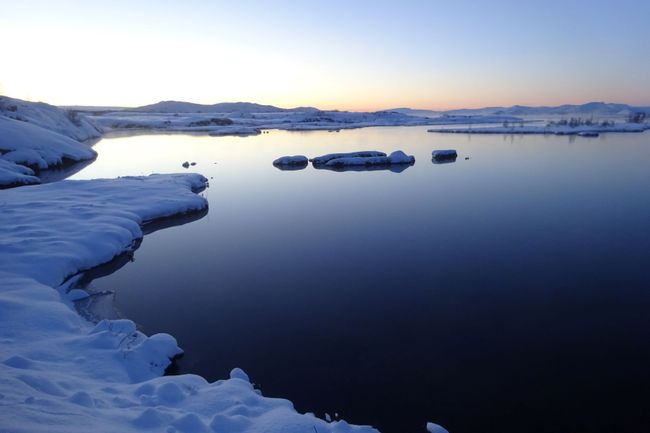
Саяхат есептері Исландия
